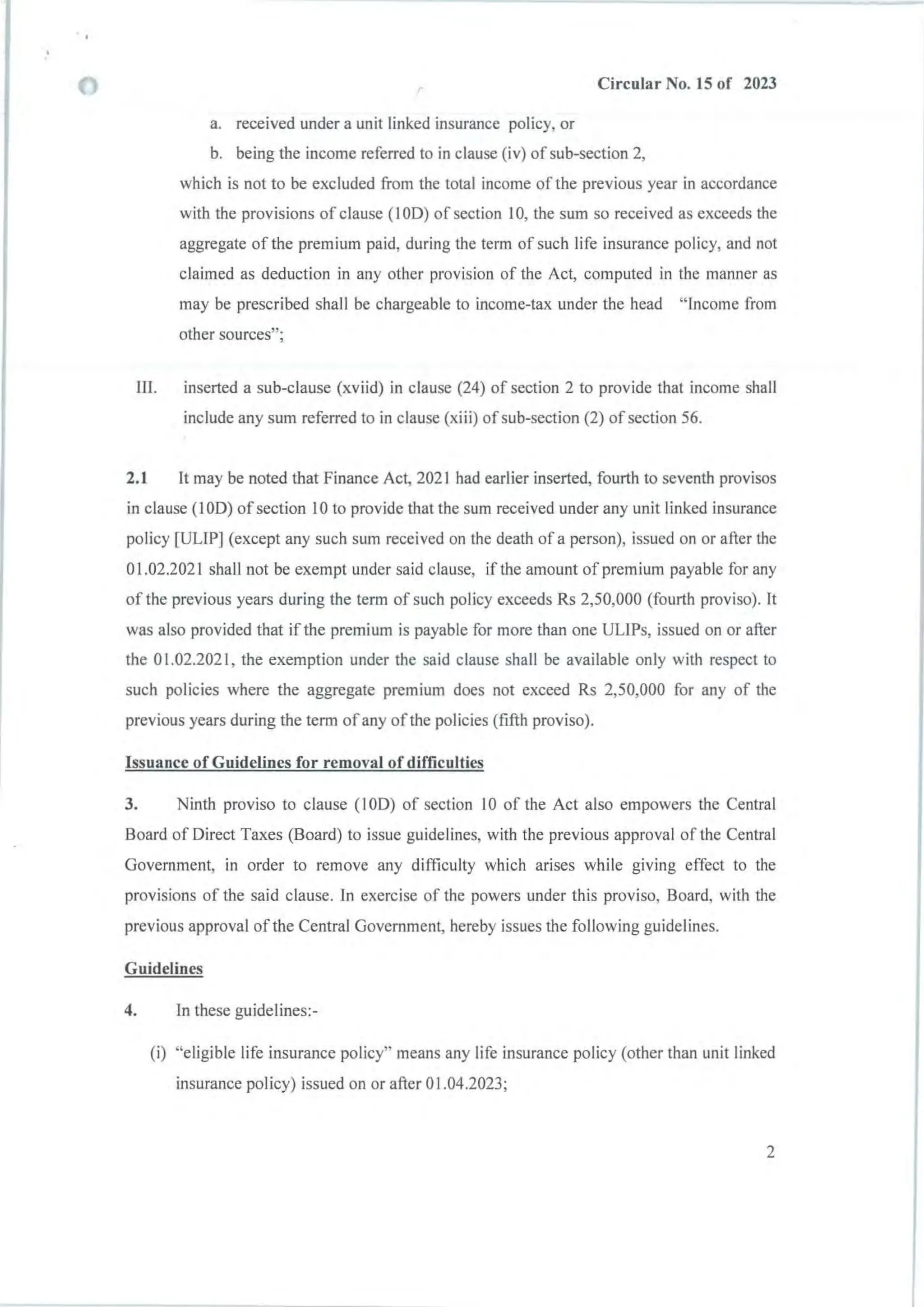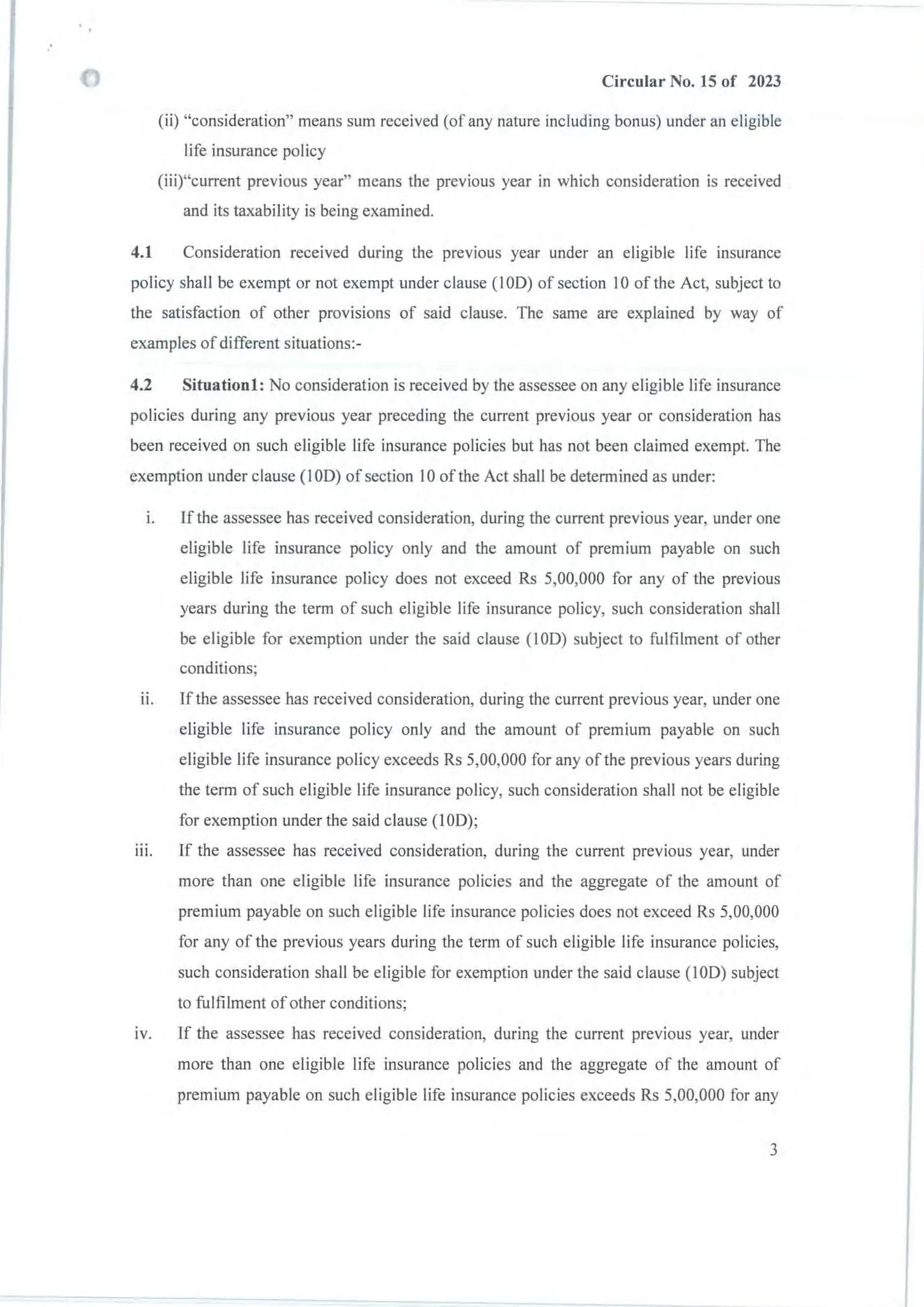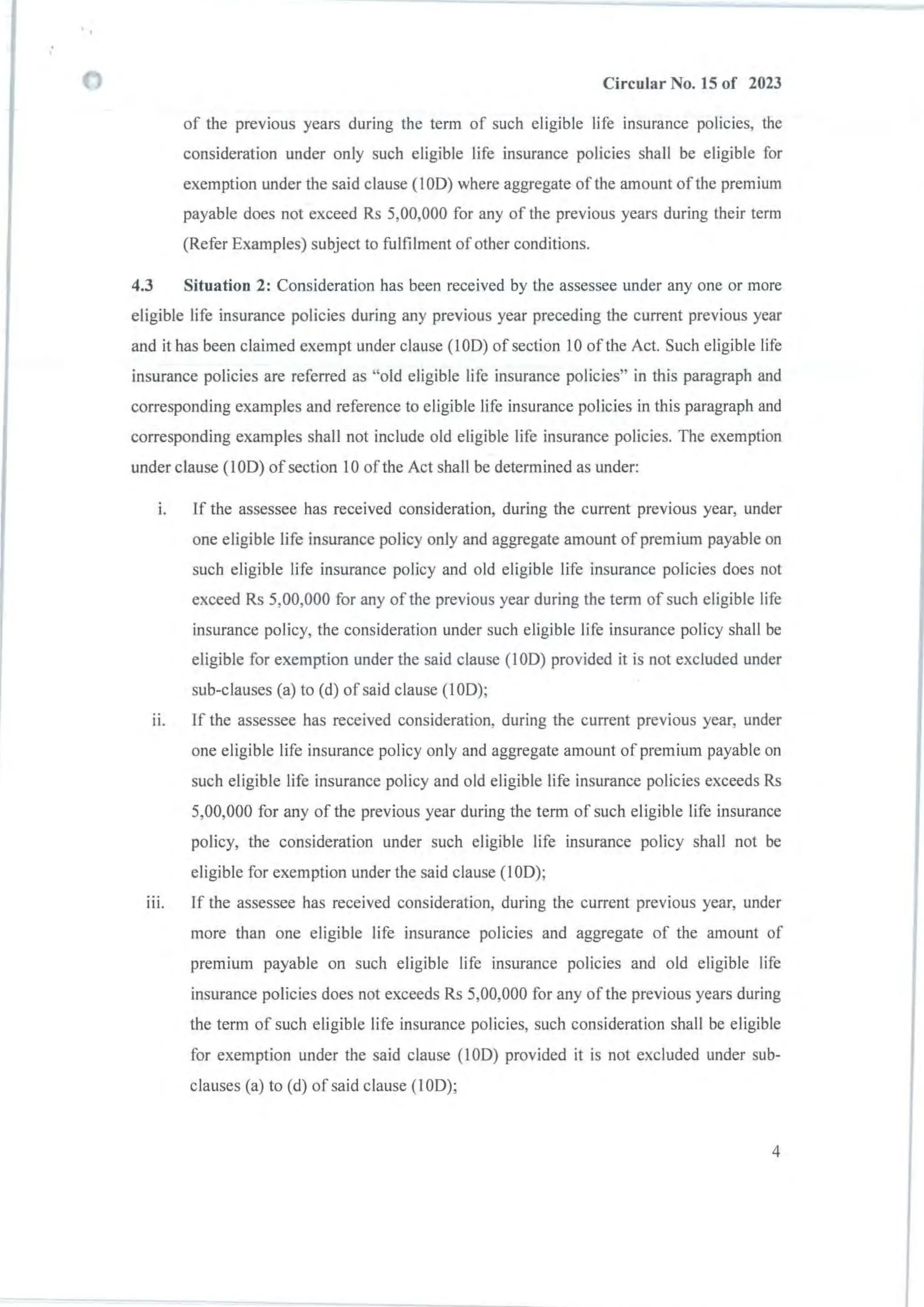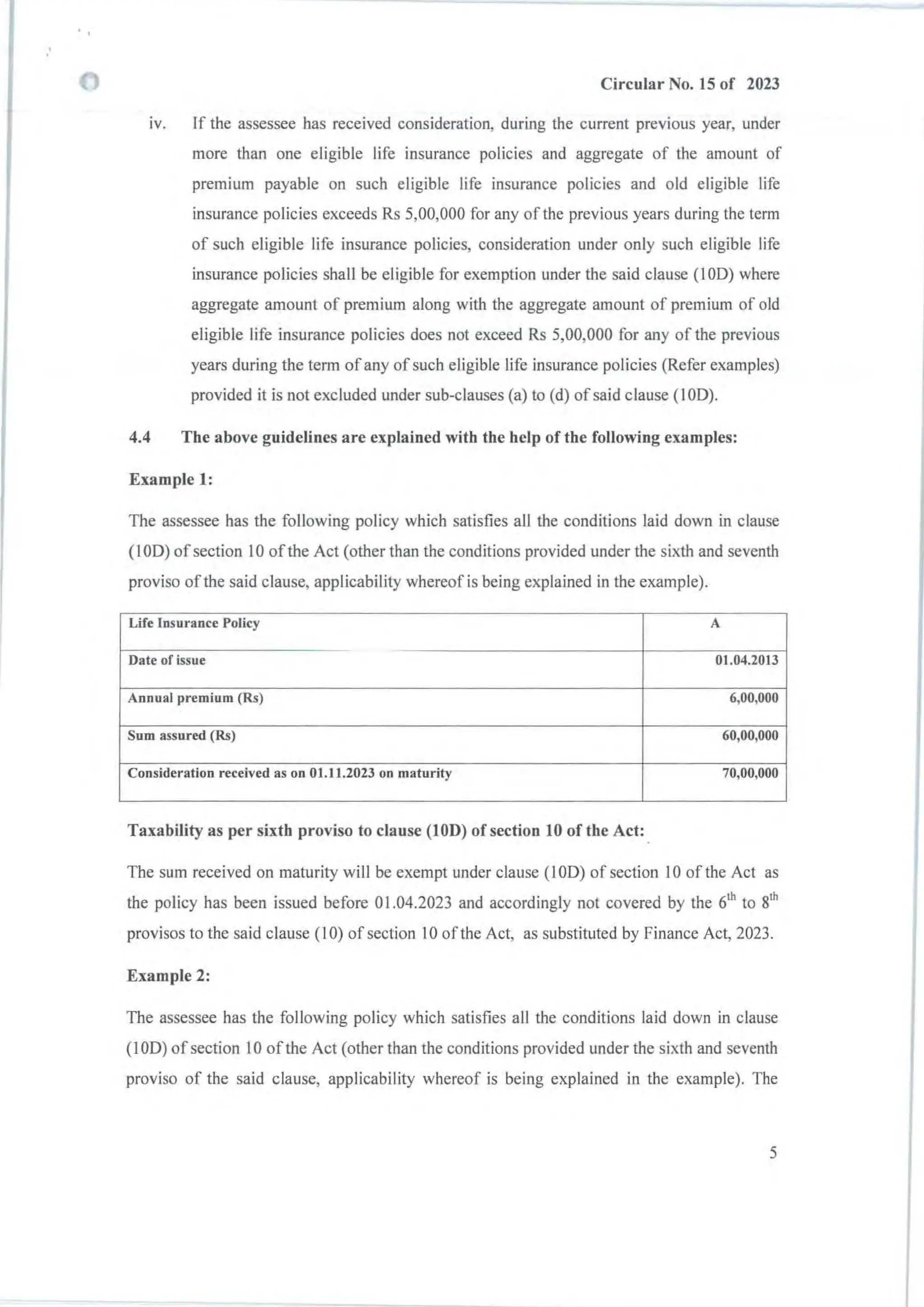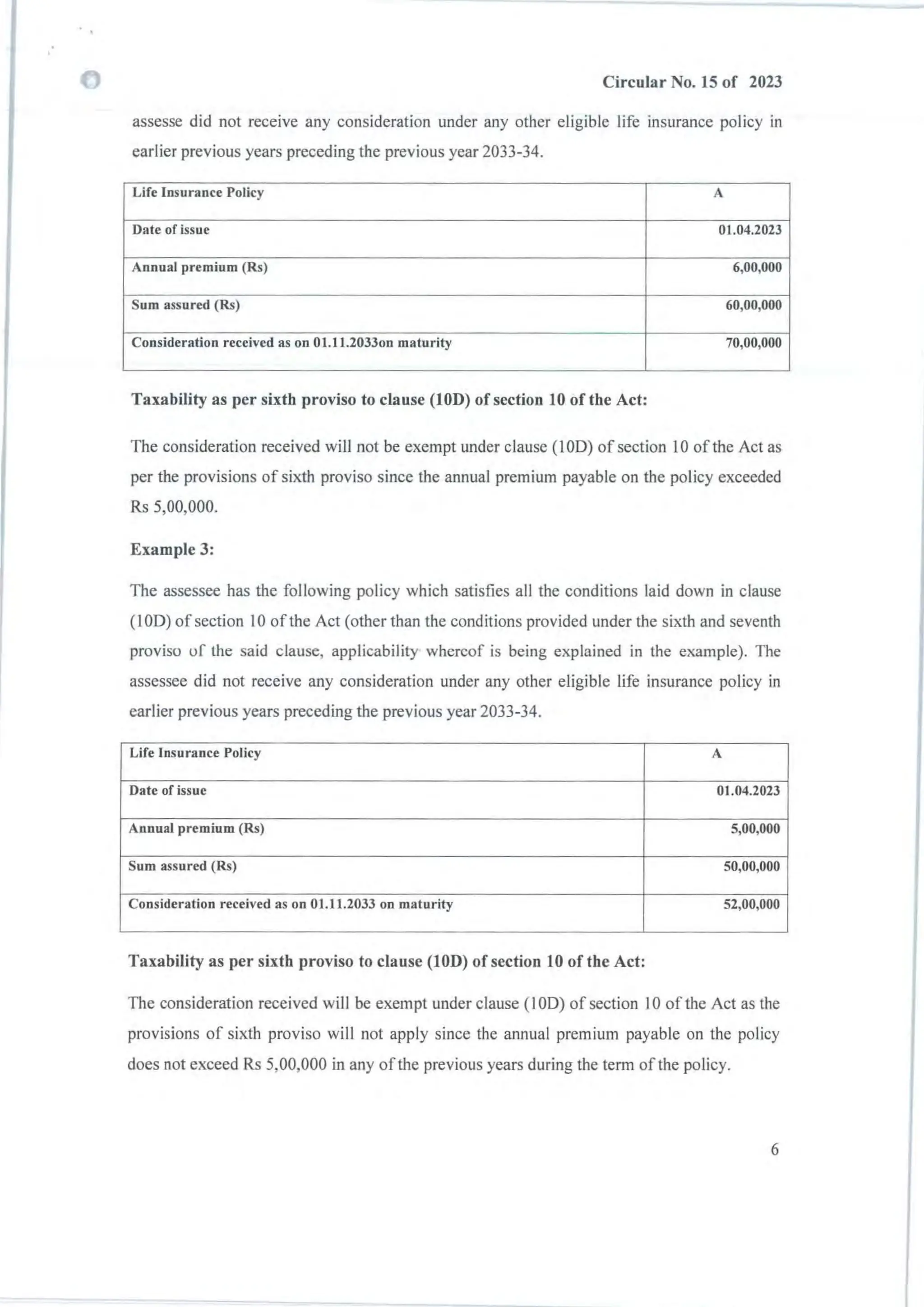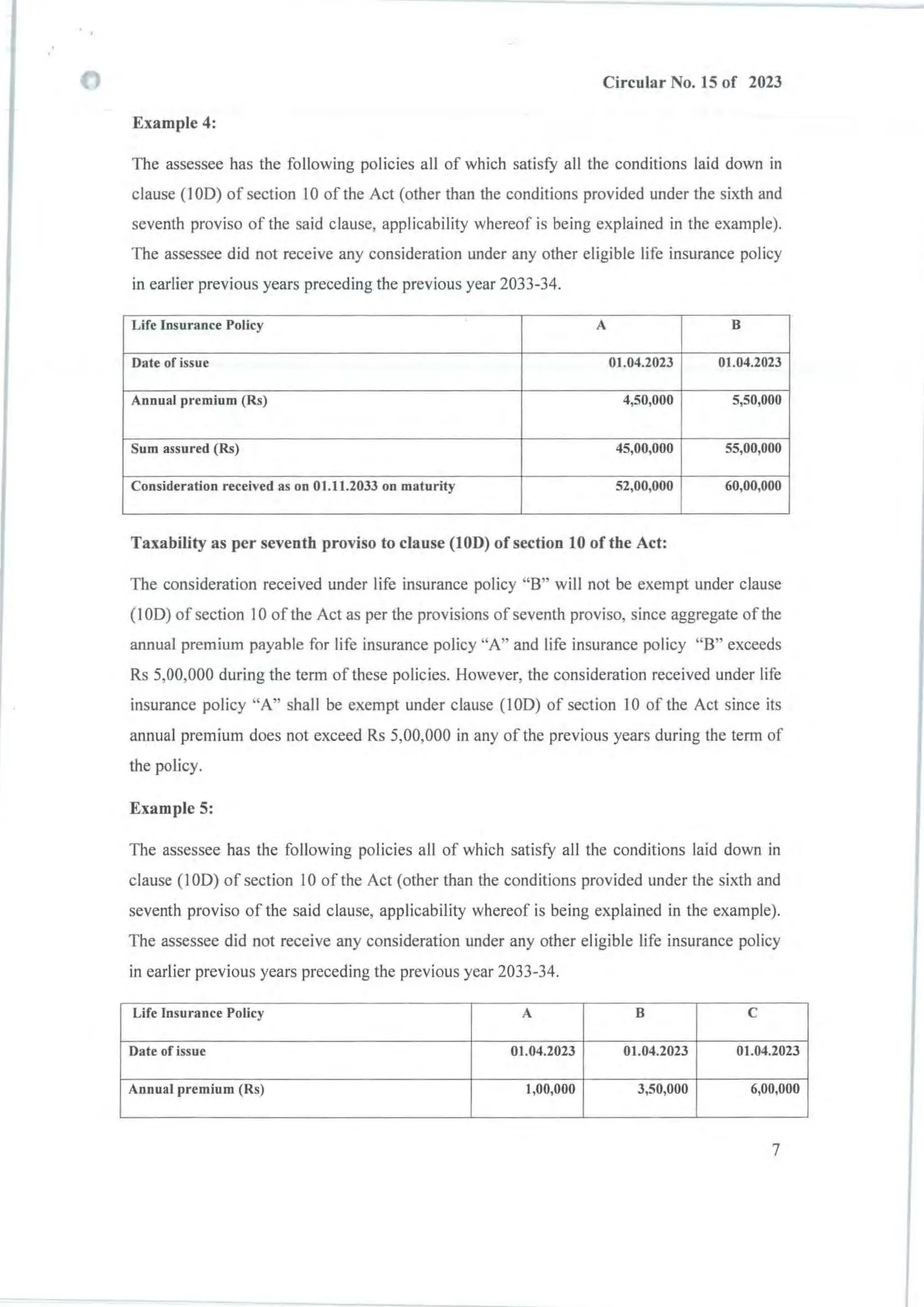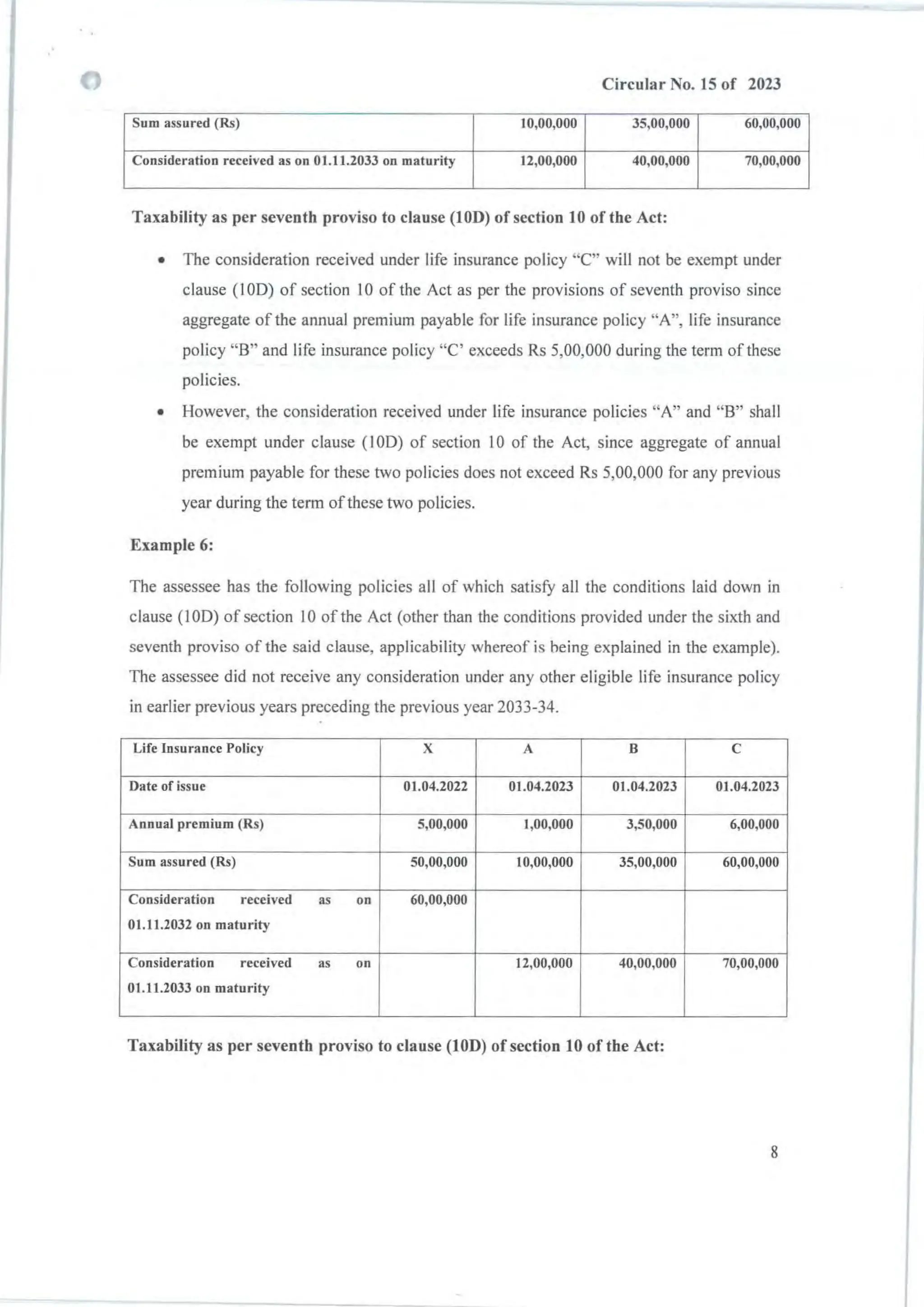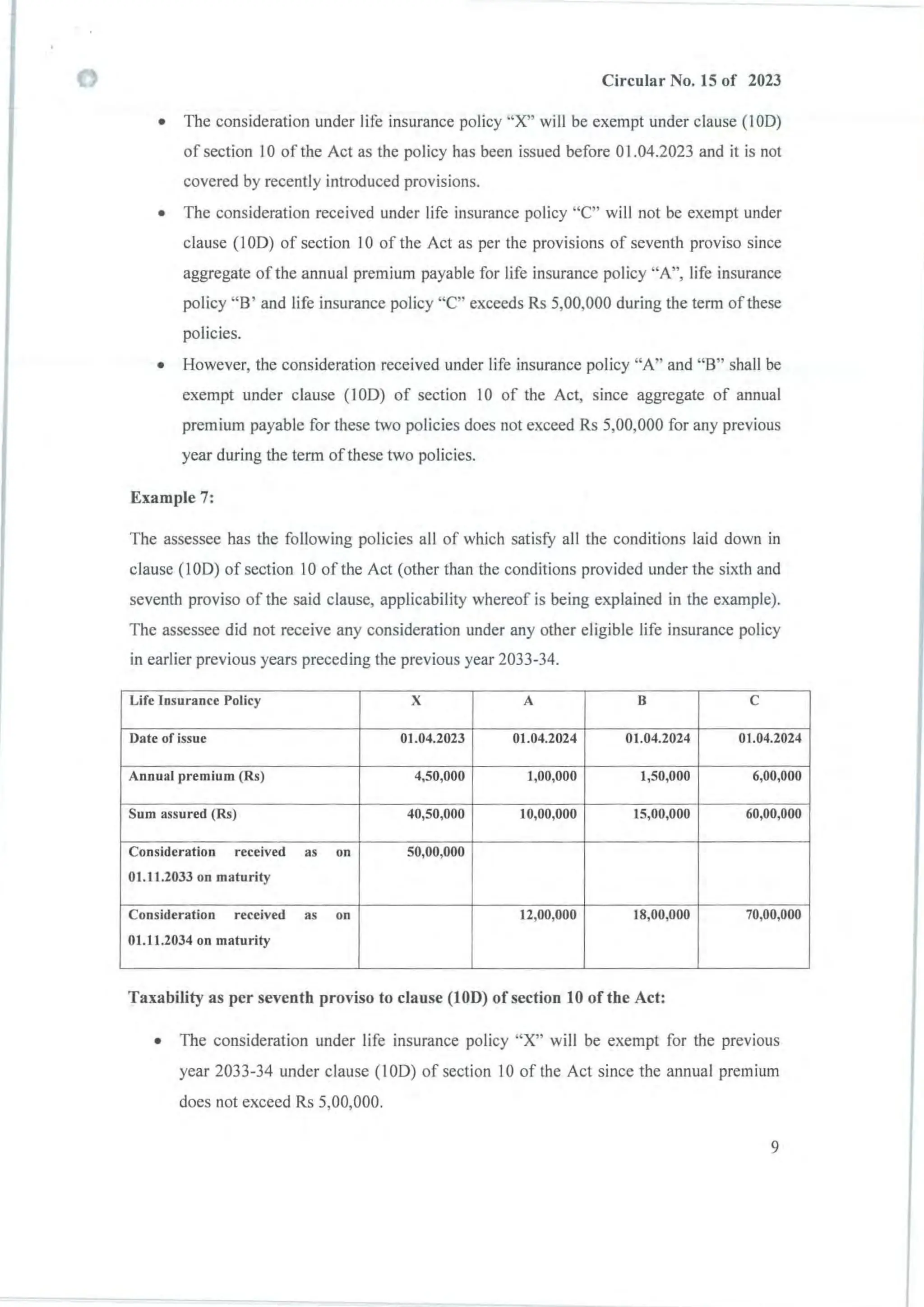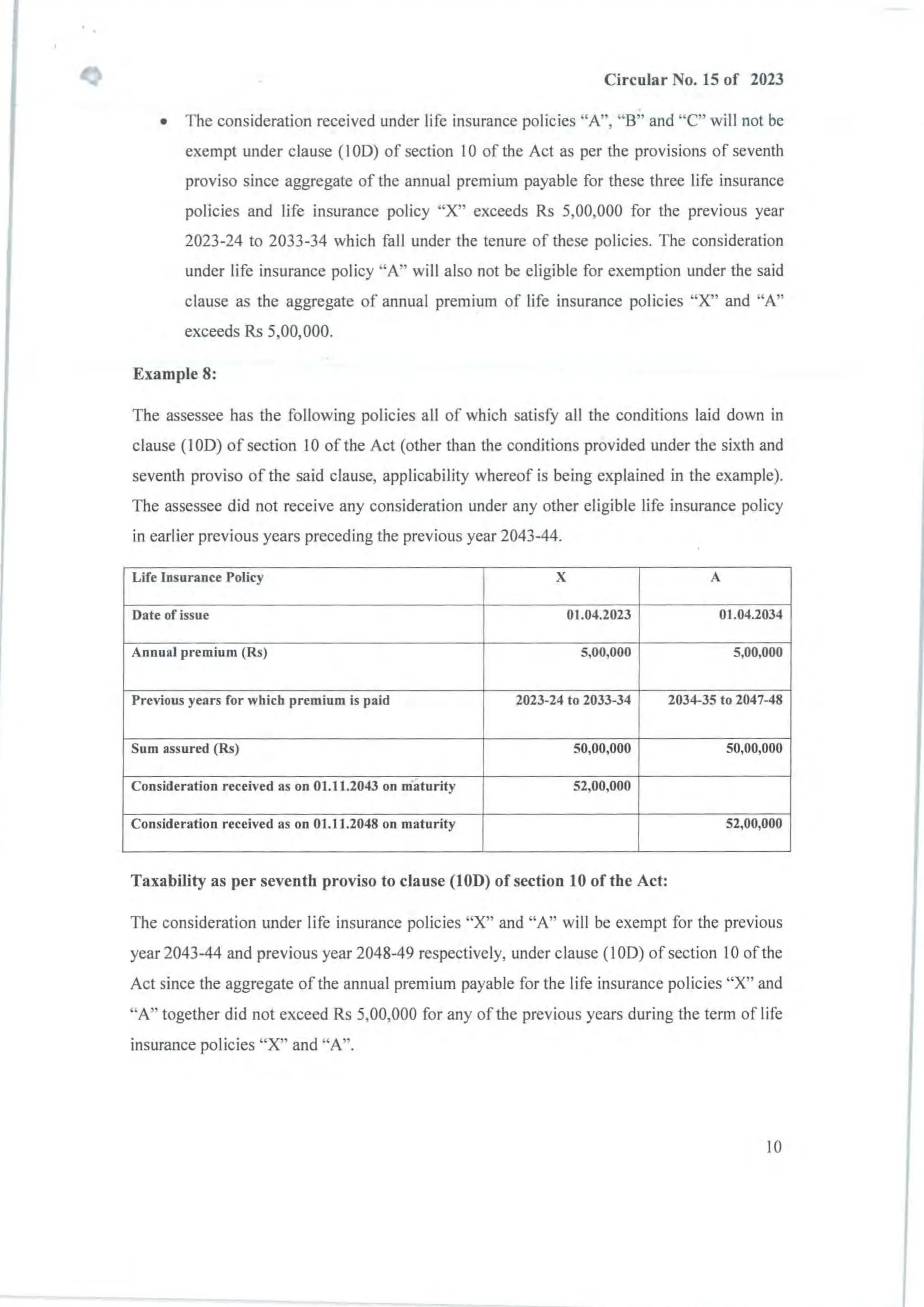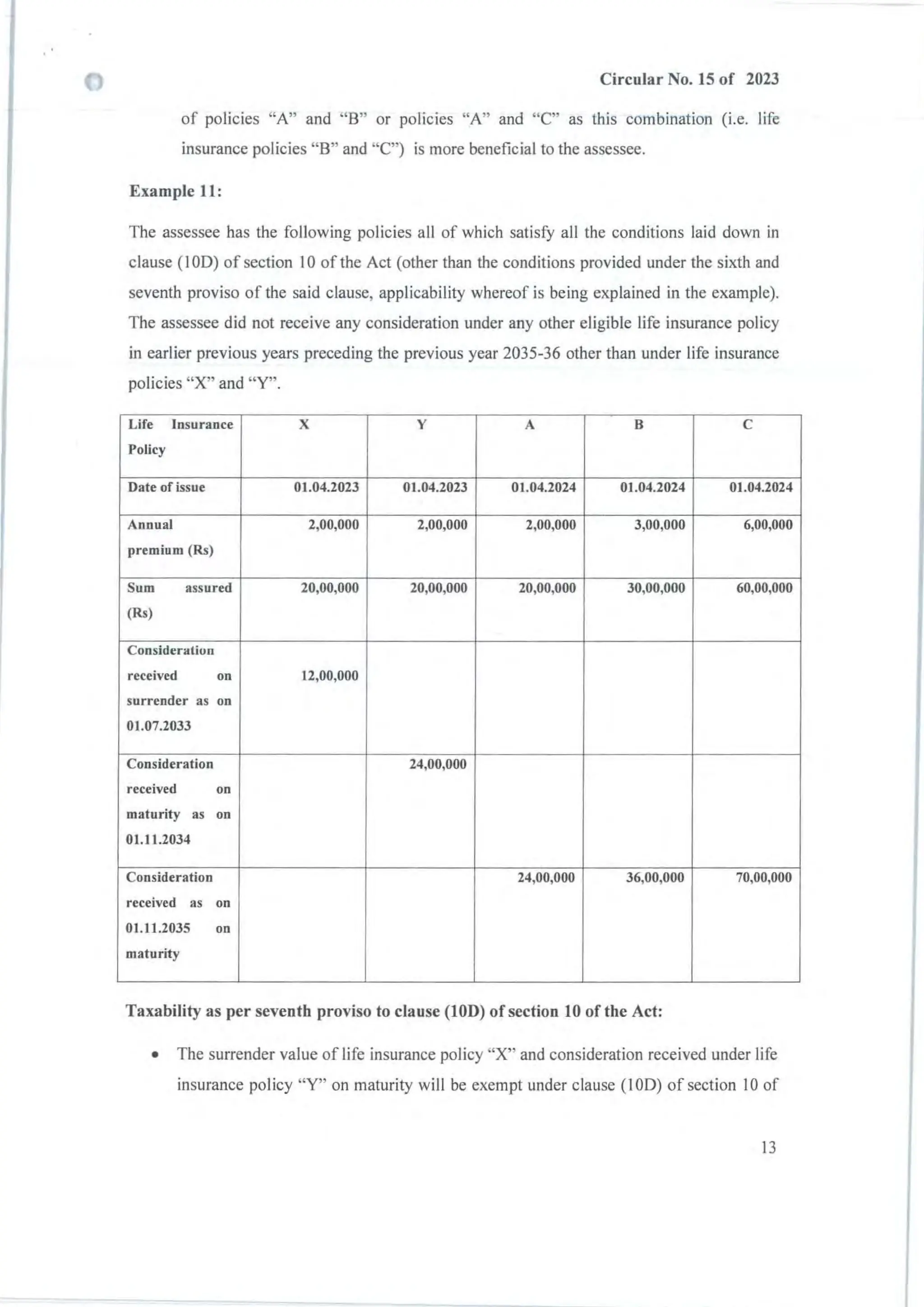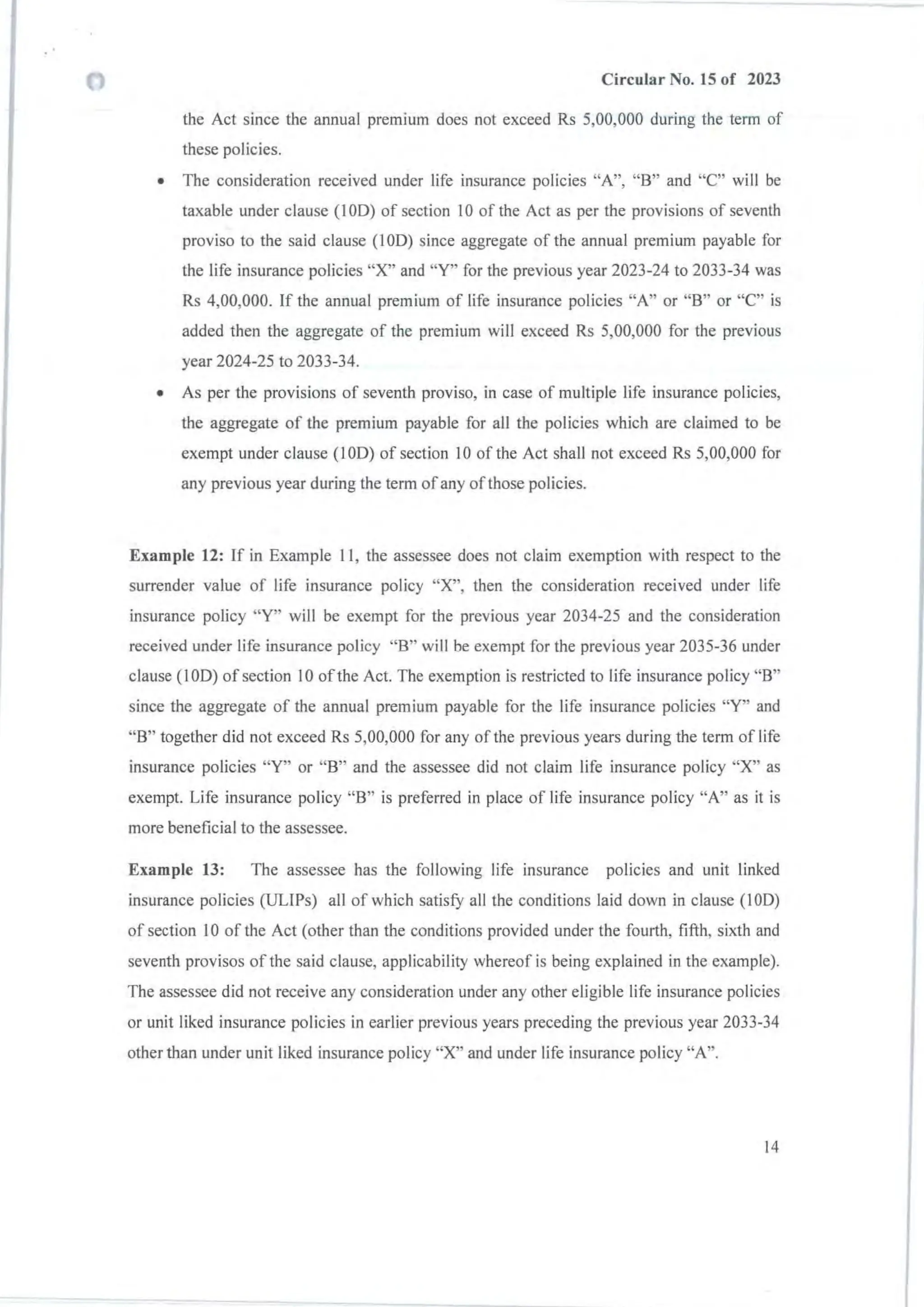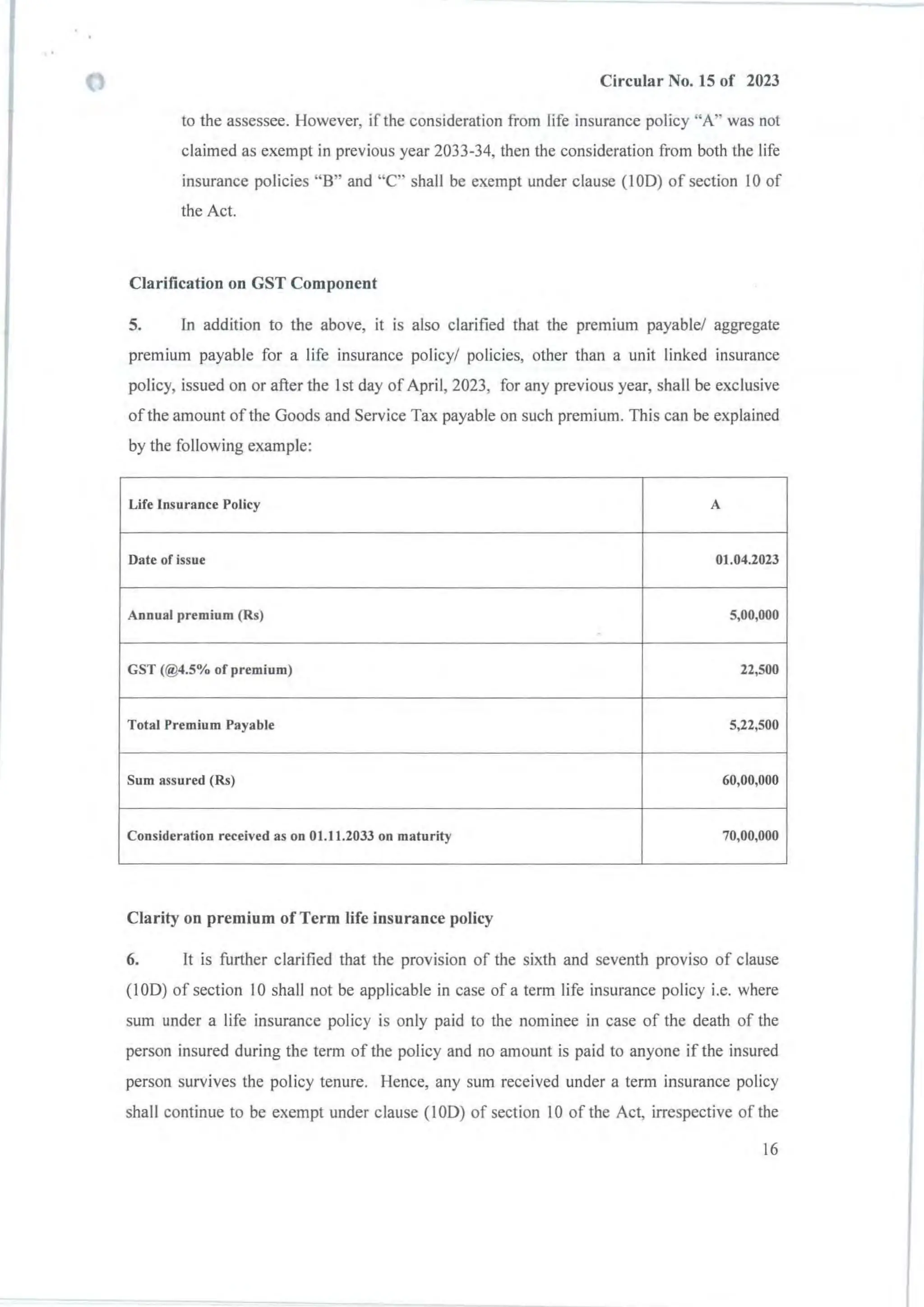1. JPMorgan announced that it will include Indian government bonds in its emerging markets bond index starting June 2024. This inclusion will attract an estimated $25-40 billion in passive inflows to India over the next 1-2 years as index funds purchase the required bonds.
2. The inclusion recognizes India's growing economy and appeal as an investment destination for international investors. It will widen India's investor base and ease financing of its current account deficit.
3. However, it may also increase sensitivity to global factors and volatility. India will need to balance monetary and fiscal policies to account for foreign investor perceptions and manage any currency appreciation or bond yield movements.
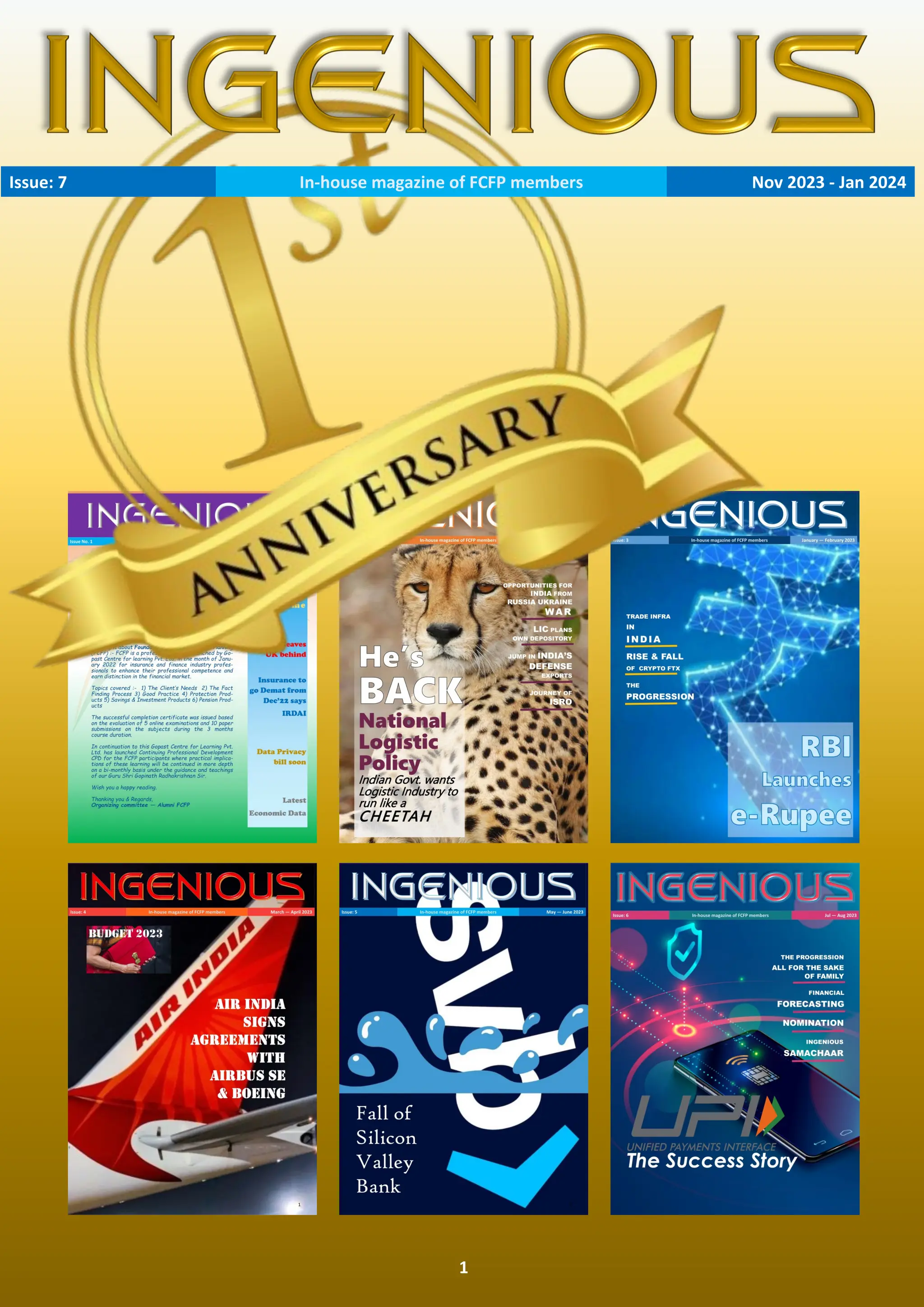

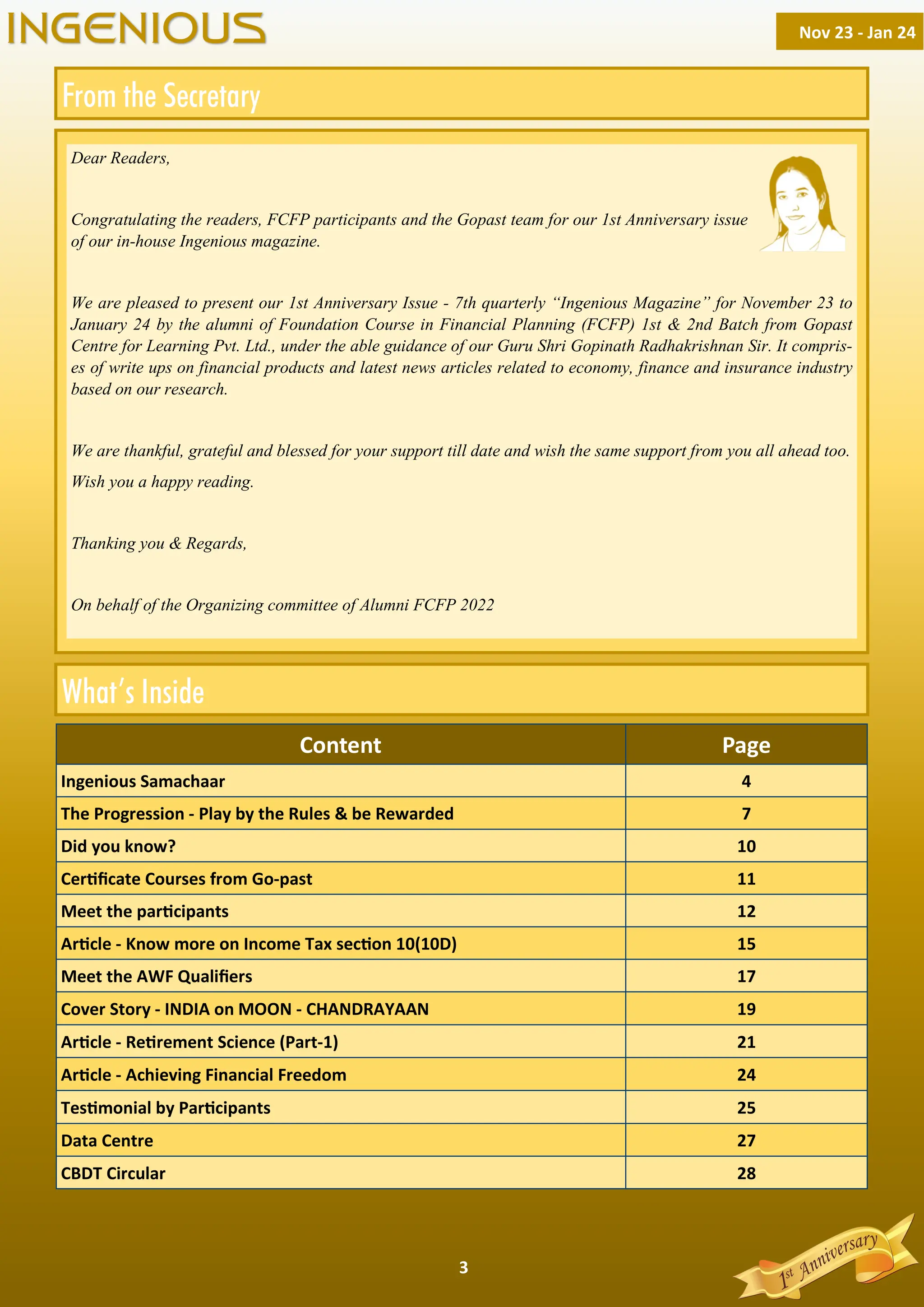

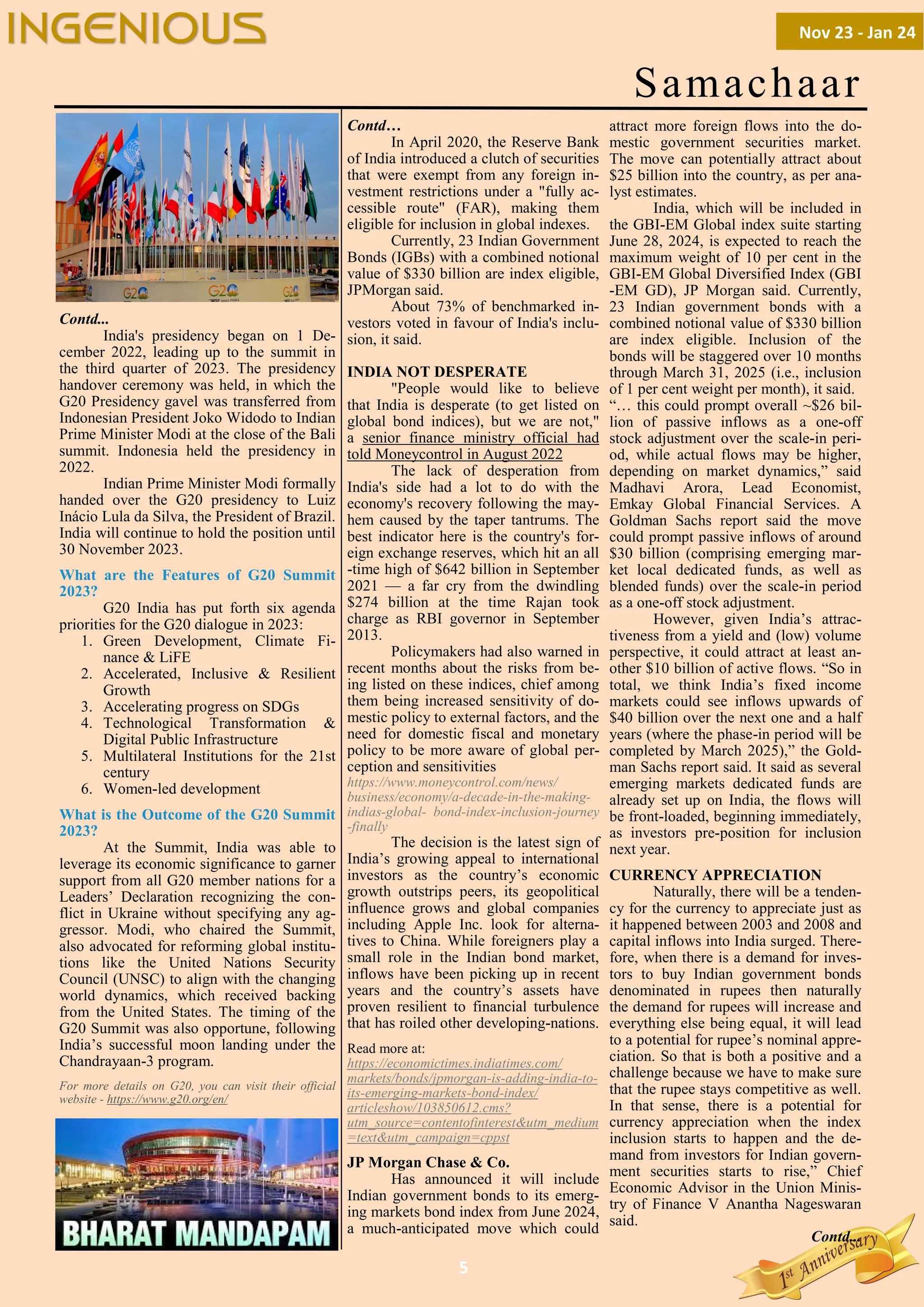

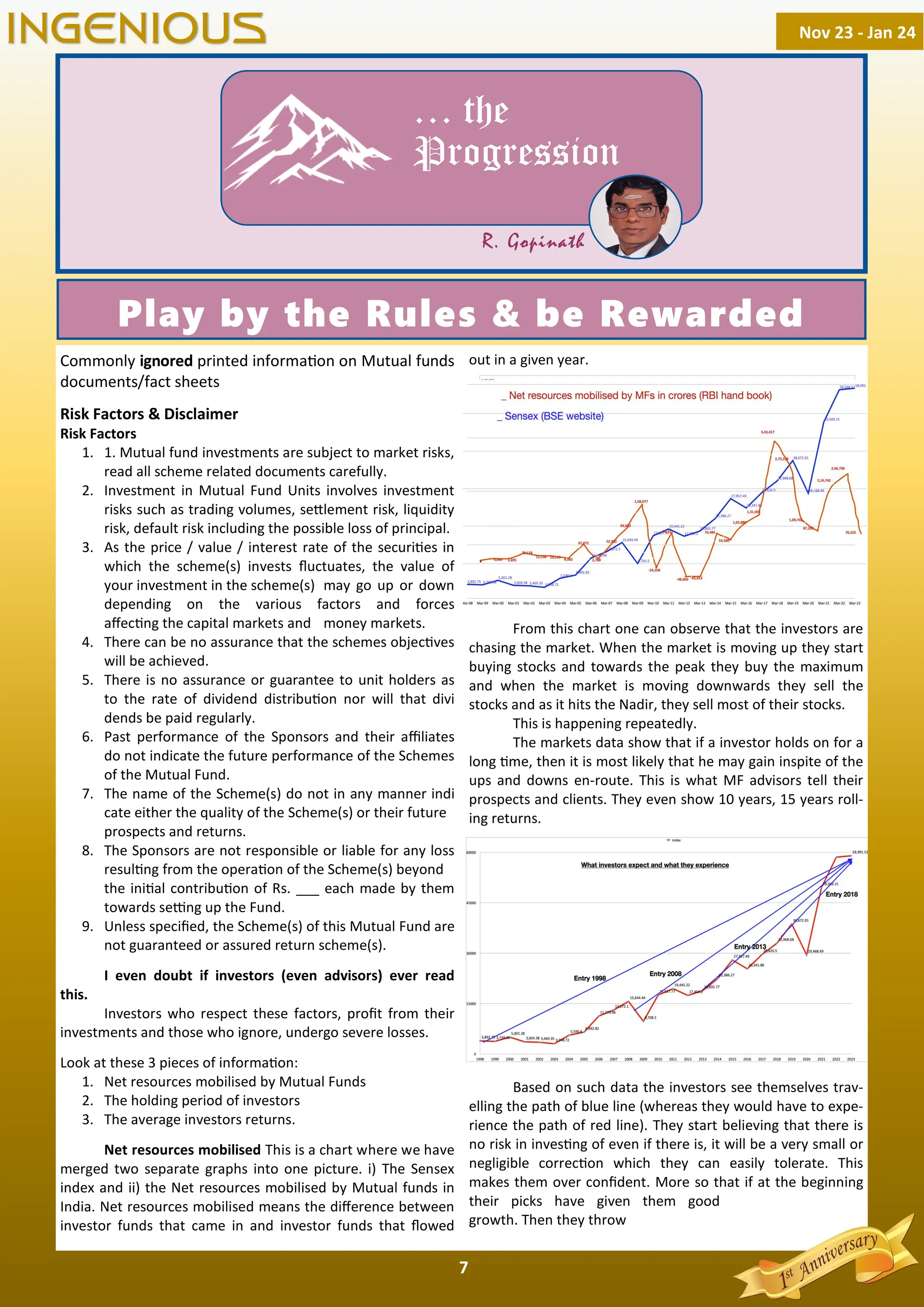
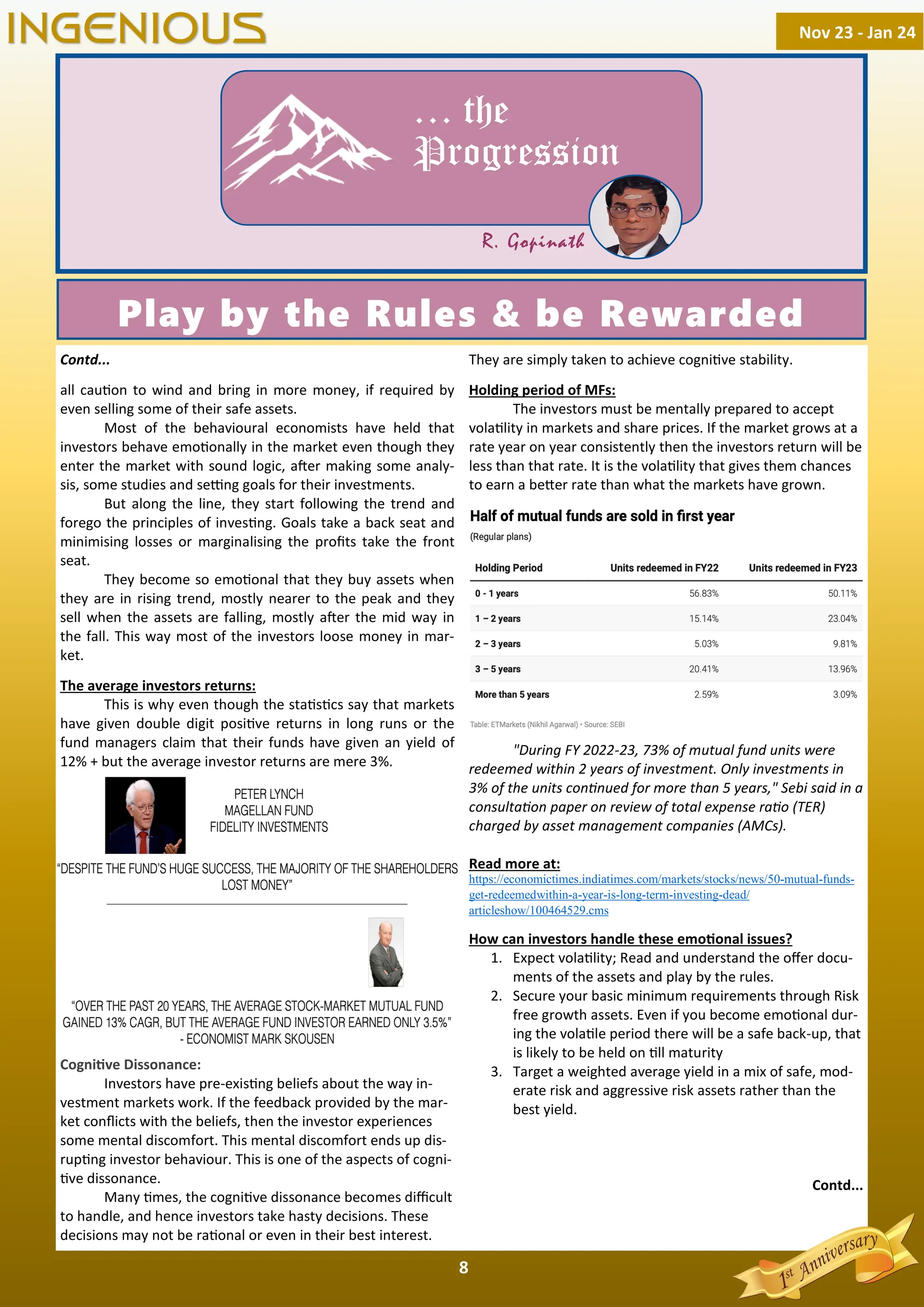
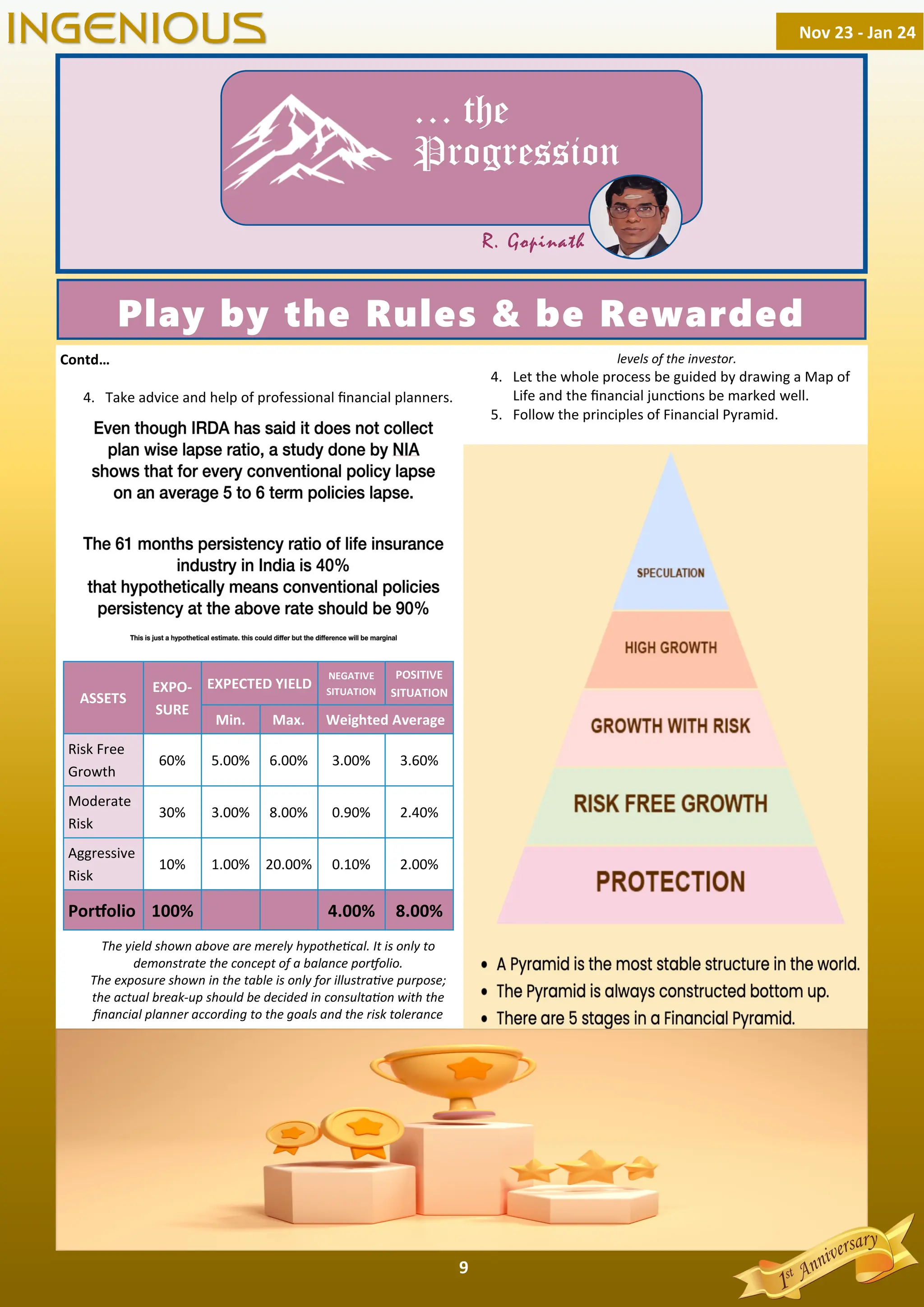


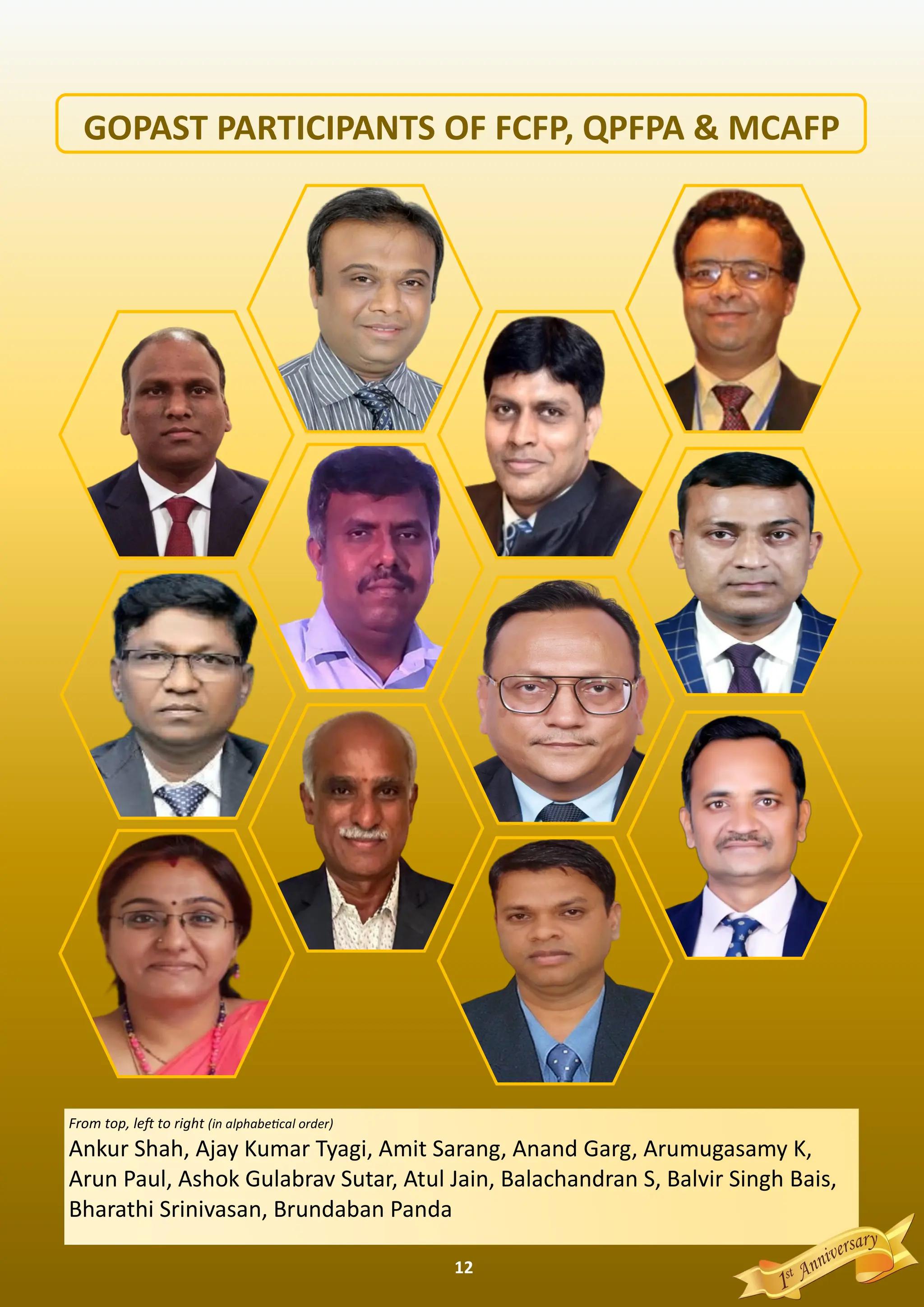
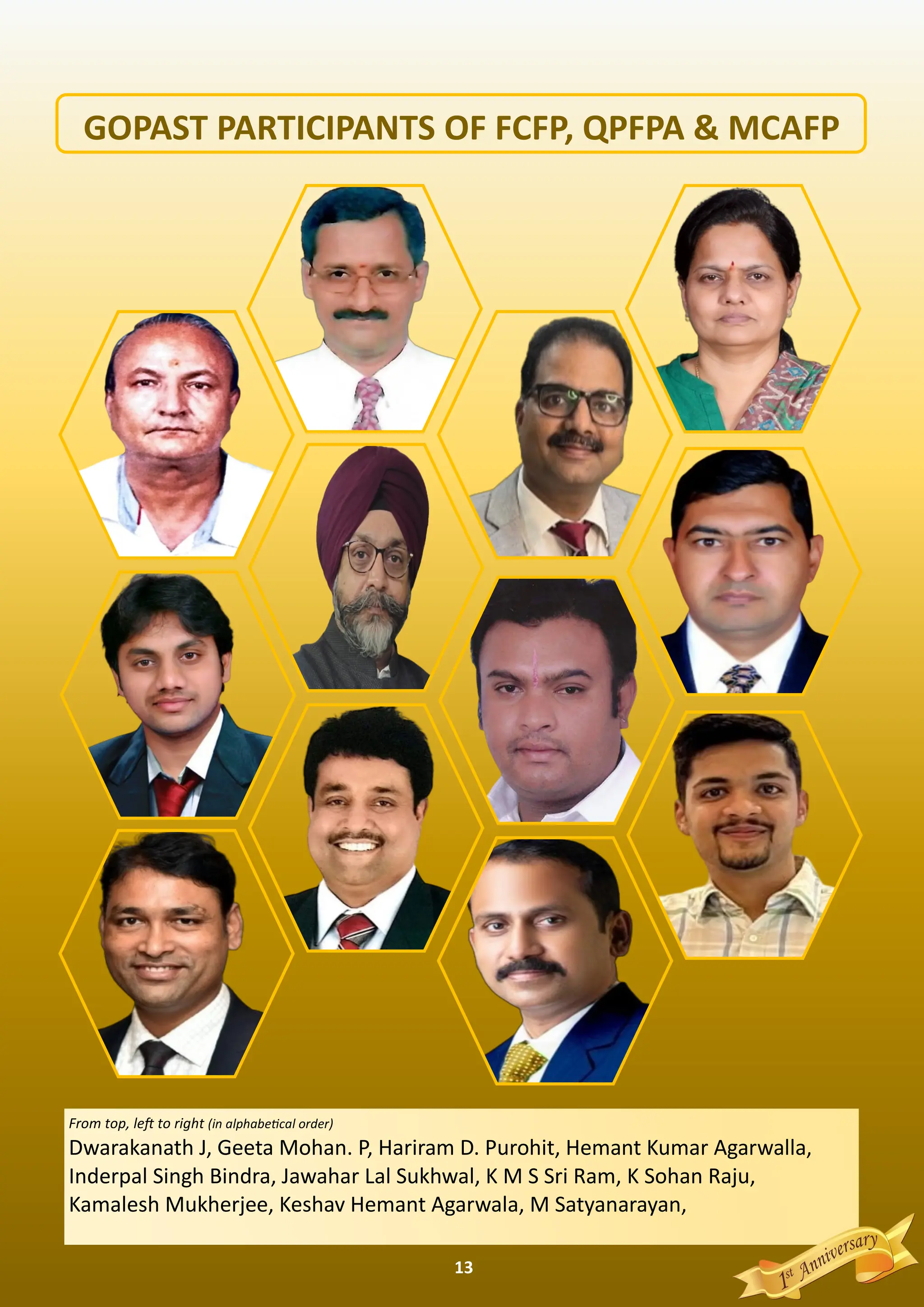

![15
Sec on 10 (10D) of the Income Tax Act 1961 is an im-
portant provision that deals with the taxa on of life
insurance policies. This sec on was introduced in the Fi-
nance Act 2003 and has undergone several amendments
since then.
The main objec ve of Sec on 10 (10D) is to provide
tax benefits to policyholders who purchase life insurance
policies. According to this sec on, the proceeds of a life in-
surance policy are exempt from tax if certain condi ons are
met.
Let us look at the exis ng provisions for be er under-
standing of the changes made in Finance Act,2023
a) The Finance Act, 2003 introduced a limit on the pre-
mium payable for any year during the term of the
policy. Where the premium exceeds 20% of the Sum
Insured in any year, no exemp on will be granted for
the sum received under such insurance policy.
b) The Finance Act, 2012 further reduced the threshold
limit on the premium payable to 10% of Sum Insured
for policies issued on or a er 01-04-2012.
c) The Finance Act, 2021 introduced a monetary cap on
the premium payable in respect of unit-linked insur-
ance policies (ULIPs), disallowing exemp on if the
premium payable for any year during the term policy
exceeds Rs.2,50,000 (on policies issued on or a er
01.02.2021).
A er the Finance Act, 2021, both the monetary and
percentage caps apply to ULIPs. Further, in the Finance Act,
2021, ULIPs were included in the defini on of a Capital As-
set, clarifying that income from ULIPs shall be taxable under
the head Capital Gains.
The Finance Act, 2023
The Central Board of Direct Taxes (CBDT) via a circular
issued on August 16 no fied new guidelines under clause
(10D) of sec on 10 of the Income-Tax Act, 1961.
It said that clause (10D) of sec on 10 of the IT Act
provides for income-tax exemp on on any sum received
under a life insurance policy, including the sum allocated by
way of bonus on such policy subject to certain exclusions.
i) with effect from the assessment year 2024-25, the
sum received under a life insurance policy, other than
a unit-linked insurance policy, issued on or a er the
first day of April 2023, shall not be exempt under the
said clause if the amount of premium payable for any
of the previous years during the term of such policy
exceeds Rs 5,00,000 [sixth proviso];
ii) if a premium is payable for more than one life insur-
ance policy, other than a unit-linked insurance policy,
issued on or a er 01.04.2023, the exemp on under
the said clause shall be available only with respect to
such policies where the aggregate premium does not
exceed Rs 5,00,000 for any of the previous years dur-
ing the term of any of those policies [seventh provi-
so];
iii) the sixth and seventh provisos shall not apply in case
of any sum received on the death of a person [eighth
proviso]
Further, it is provided that any amount received un-
der life insurance policies (other than ULIPs) shall be taxable
under the head of other sources if not exempt under Sec on
10(10D). The following provisions have been inserted in this
respect:
a) Sum received under life insurance policies shall be
treated as income [sub-clause (xviid) of Sec on 2
(24)].
b) The income from life insurance policies (other than
ULIPs) shall be taxable under the head of other
sources if not exempt under sec on 10(10D) [clause
(xiii) of Sec on 56(2)].
c) Sum received under life insurance policies, in excess
of the aggregate of premium paid during the term of
policy, shall be treated as income under the head of
Other Sources. The rules shall also be prescribed for
the computa on of such income [clause (xiii) of Sec-
on 56(2)].
KEY POINTS TO REMEMBER
1. Premium payable shall be exclusive of the amount of
GST payable on such premium.
2. ULIP policies sold on or a er 01.02.2021, whose pre-
mium are above 2,50,000/- or 10% of Sum Insured
were not eligible for exemp on u/s 10(10D)
3. Policies (other than ULIP) policies, issued on or a er
01.04.2023, with annual premium above Rs.
5,00,000/- in any previous year were not eligible for
exemp on u/s 10(10D)
4. Policies (other than ULIP) policies, issued on or a er
01.04.2023, with annual premium of more than 10%
of Sum Insured in any previous year were also not
eligible for exemp on u/s 10(10D)
5. Any amount received as Death claim is exempt from
Income Tax under Sec 10(10D)
Contd...
Nov 23 - Jan 24
INGENIOUS
Hemant Agarwala
Assam](https://image.slidesharecdn.com/ingeniousnov2023tojan2024-231122175950-6994ee2a/75/Ingenious-Nov-2023-to-Jan-2024-pdf-15-2048.jpg)
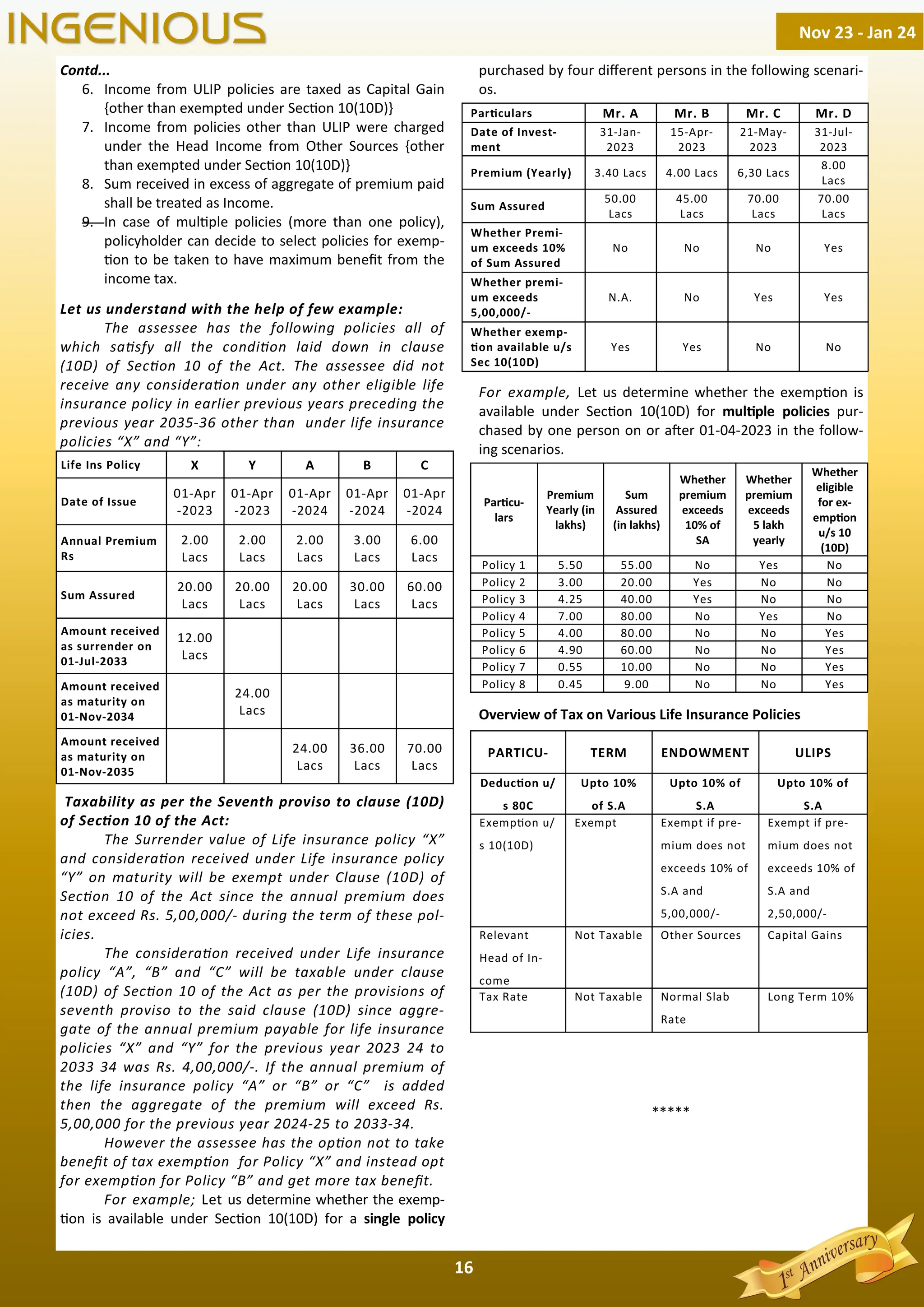
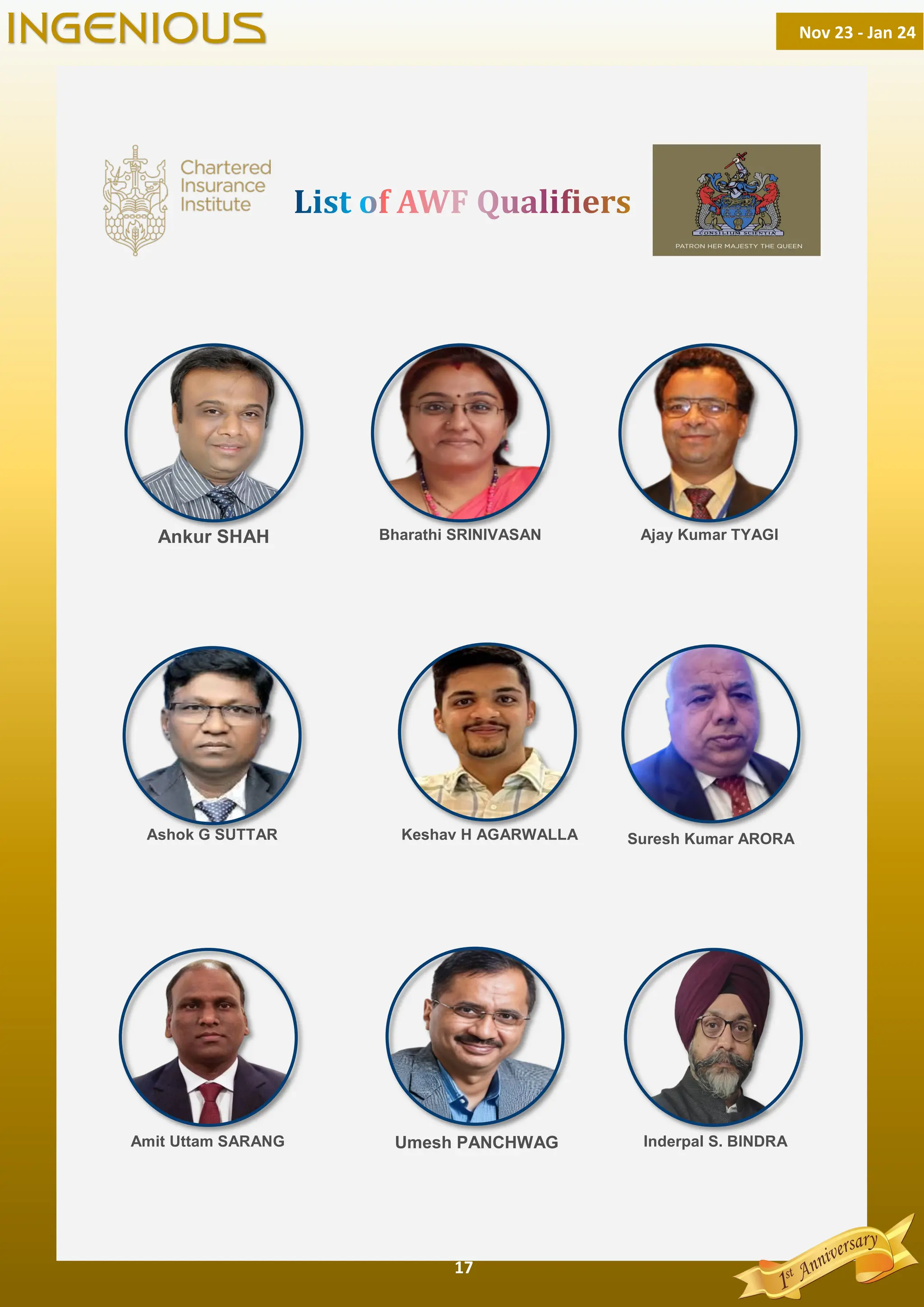
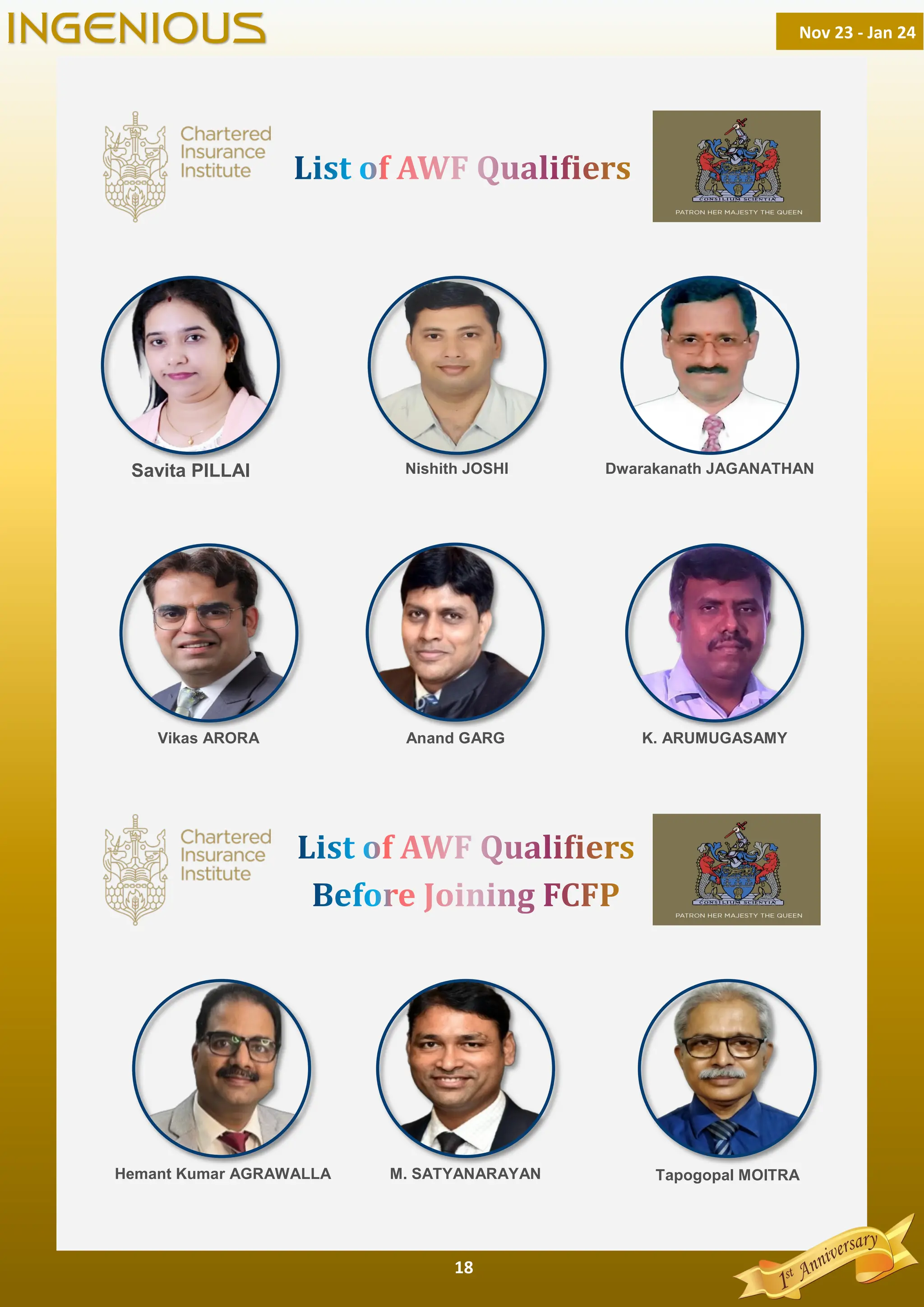
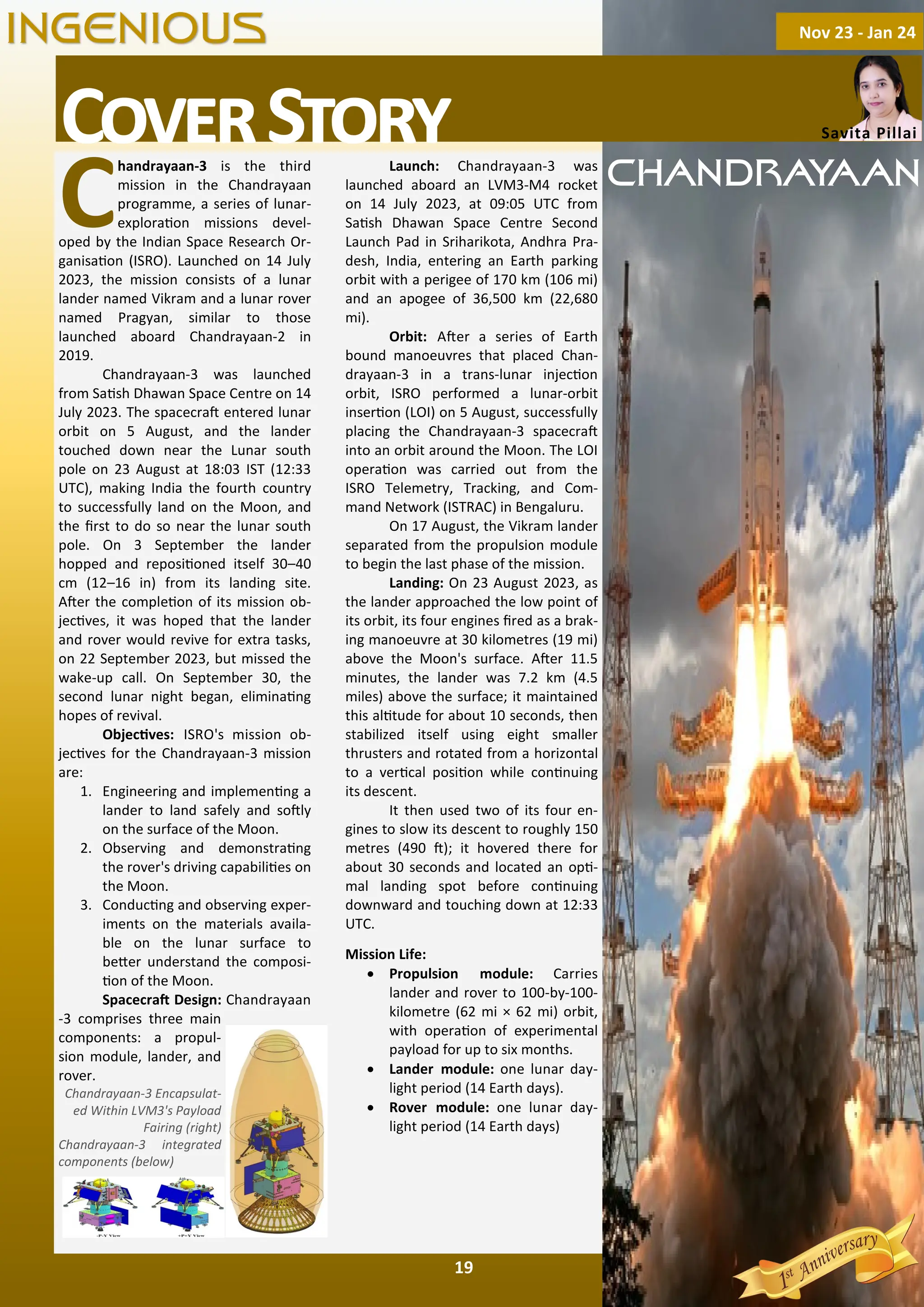
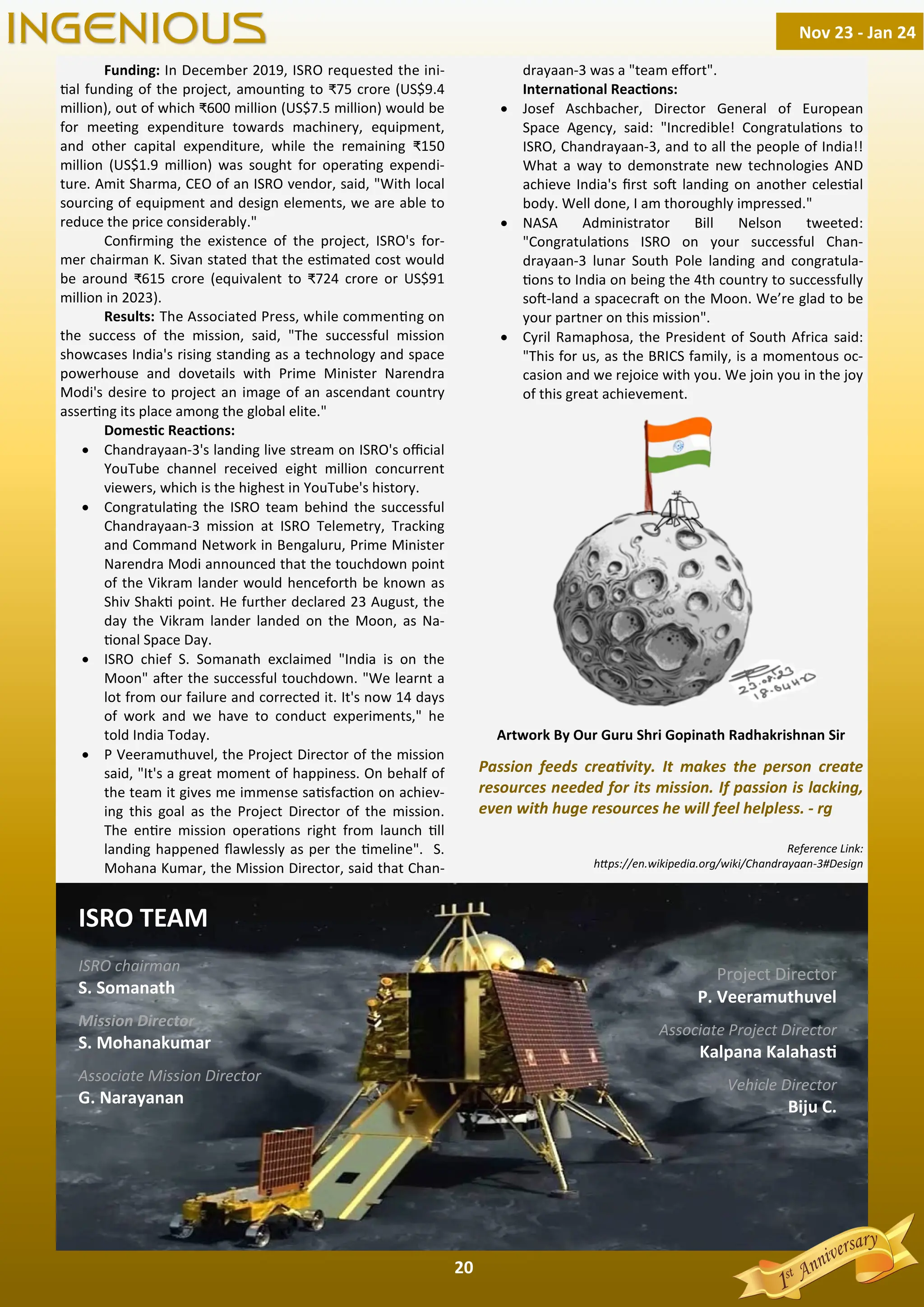
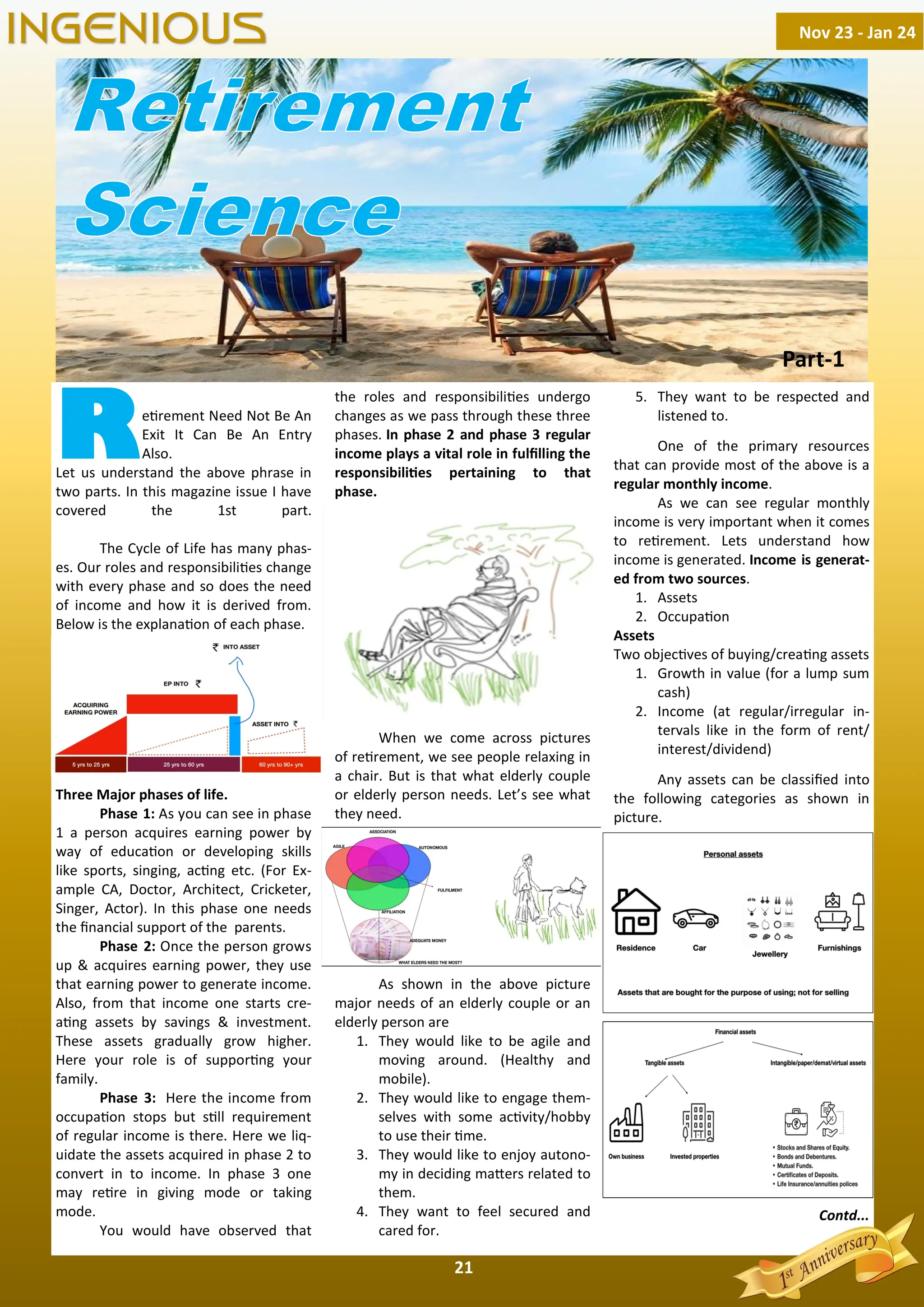
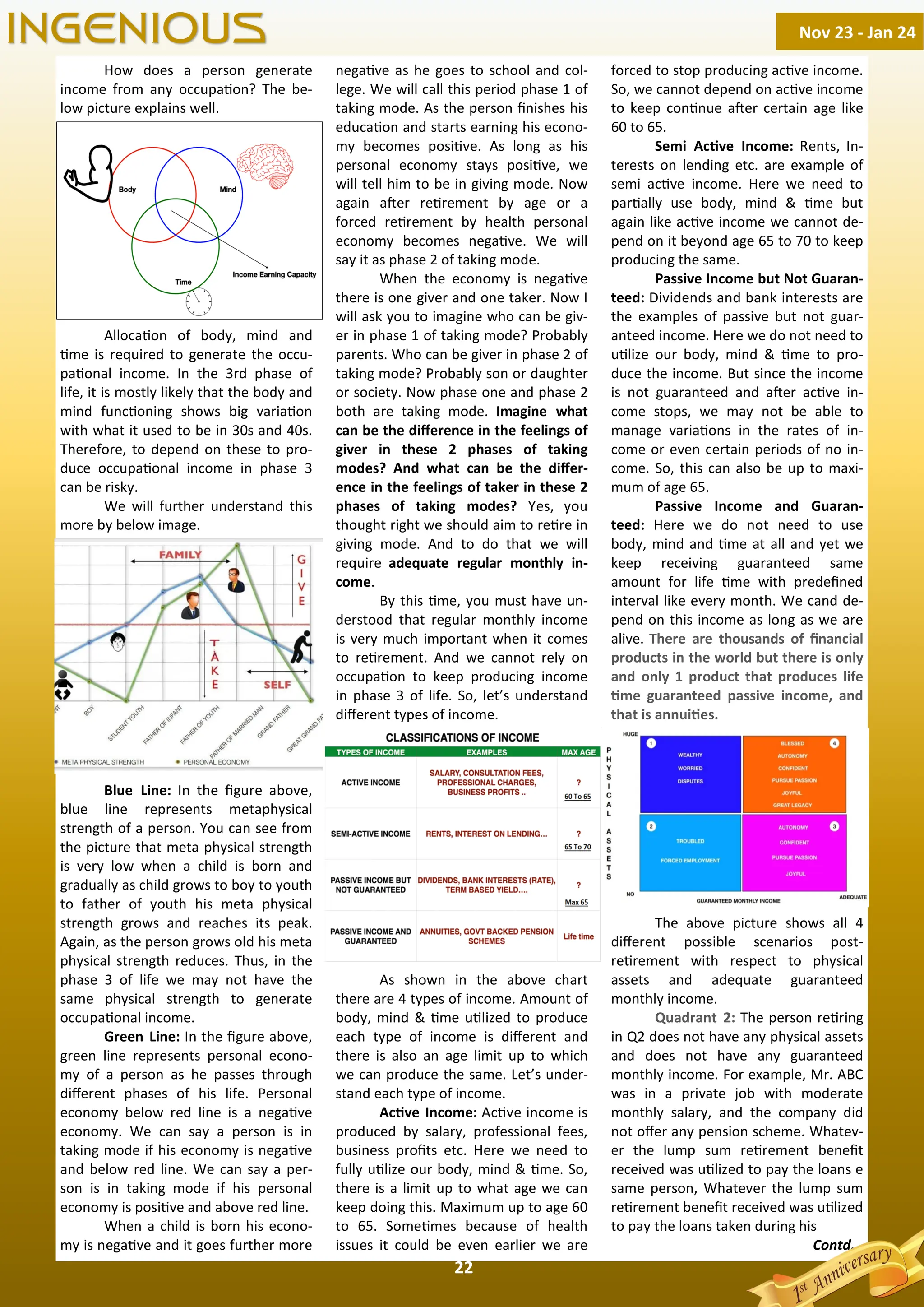
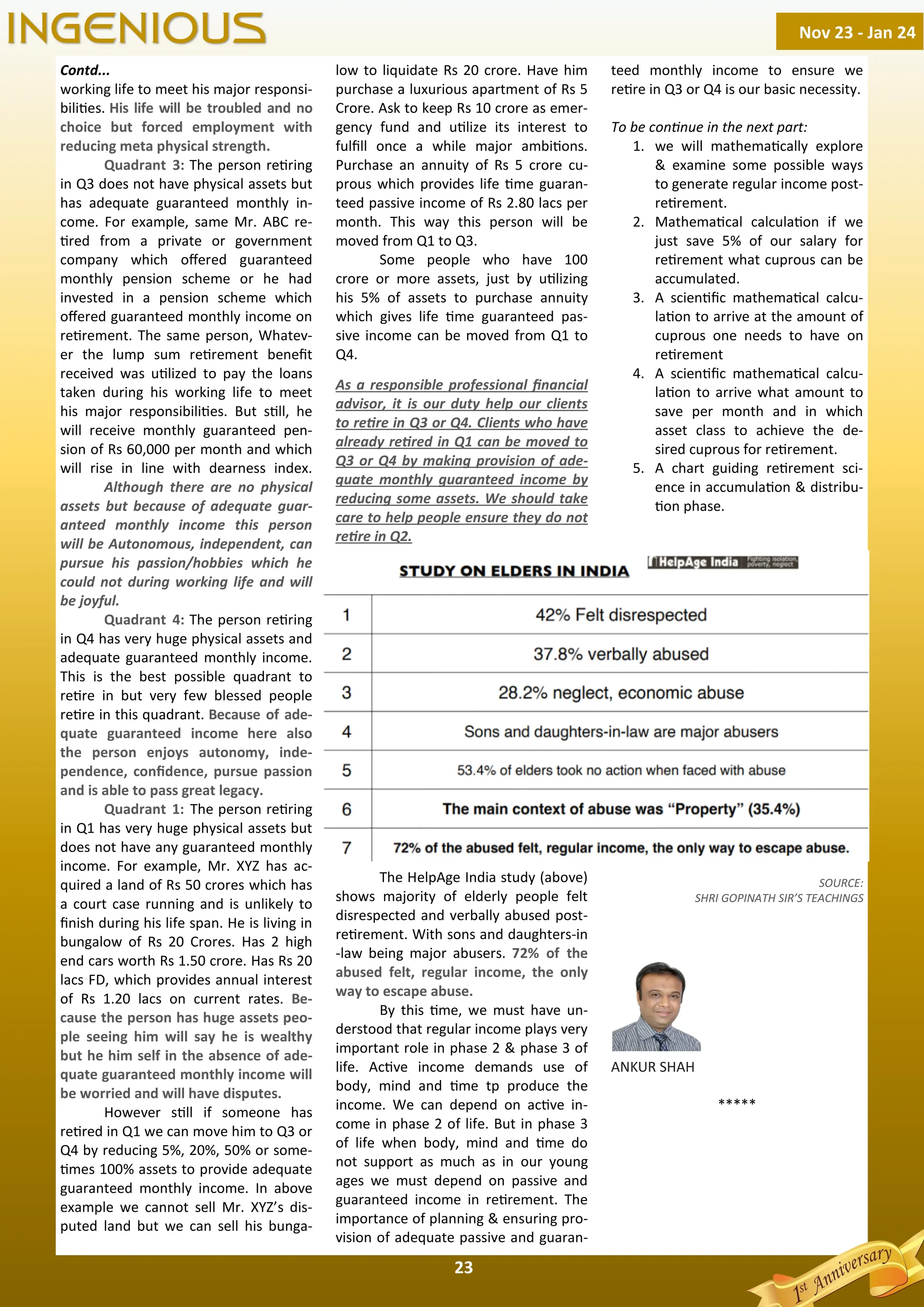



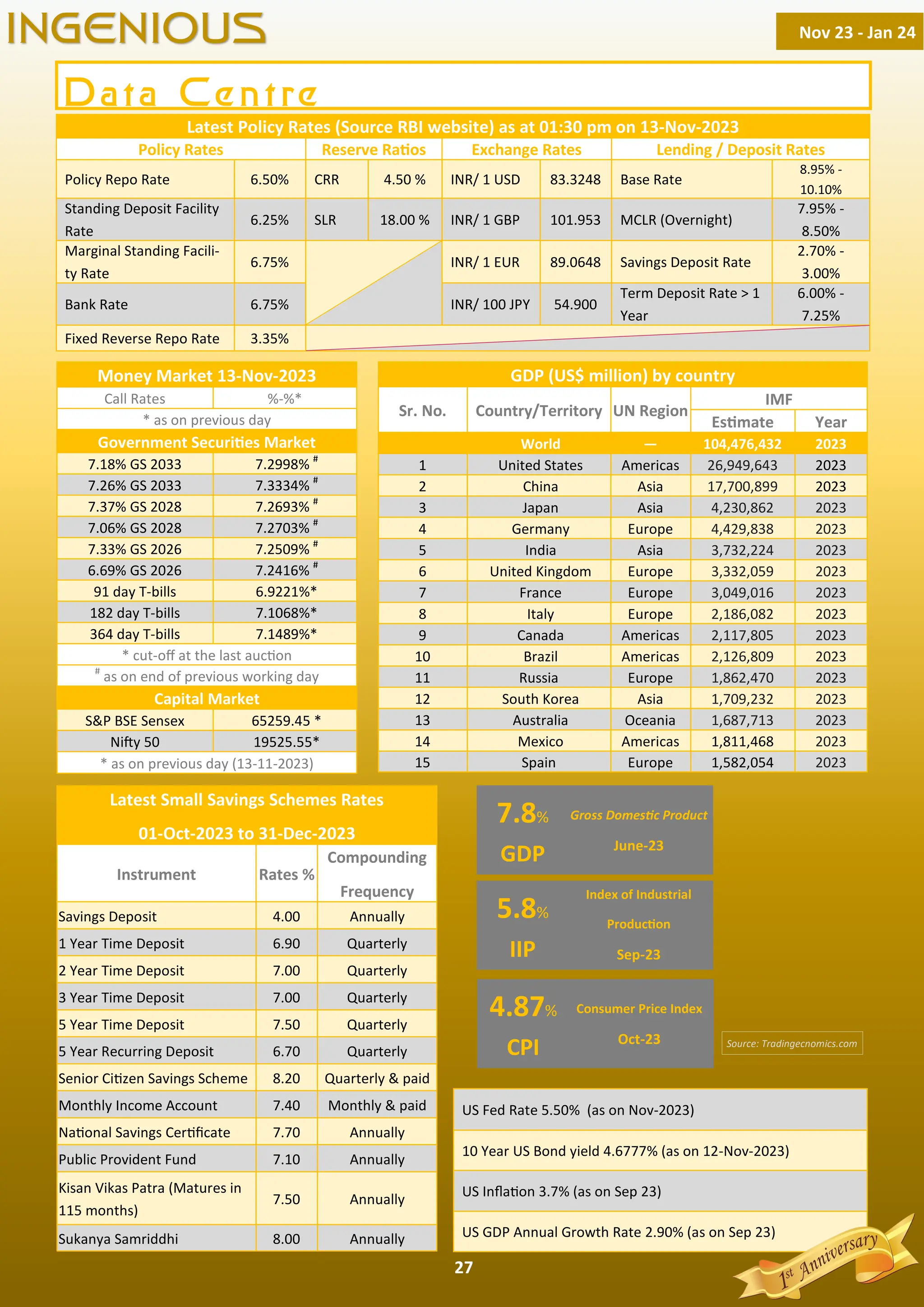
![..
.'
F. NO.370142/28/2023-TPL
Government of India
Ministry of Finance
Department of Revenue
(Central Board of Direct Taxes)
***********
Circular No. 15 of 2023
Dated tbe 16th
August, 2023
Sub: Guidelines under clause (lOD) of section 10 oftbe Income-tax Act. 1961- reg.
Clause (100) of section IO of the Income-tax Act, 1961 (the Act) provides for
income-tax exemption on any sum received under a life insurance policy, including the sum
allocated by way of bonus on such policy subject to certain exclusions.
2. The Finance Act, 2023 (Finance Act), inter-alia,-
l. amended clause (100) of section 10 of the Act by substituting the existing sixth
proviso with the new sixth, seventh and eighth provisos to, inter-alia, provide that:
(i) with effect from assessment year 2024-25, the sum received under a life
insurance policy, other than a unit linked insurance policy, issued on or after
the 151 day of April, 2023, shall not be exempt under the said clause if the
amount of premium payable for any of the previous years during the term of
such policy exceeds Rs 5,00,000 [sixth proviso];
(ii) if premium is payable for more than one life insurance policy, other than a
unit linked insurance policy, issued on or after 01.04.2023, the exemption
under the said clause shall be available only with respect to such policies
where the aggregate premium does not exceed Rs 5,00,000 for any of the
previous years during the term ofany of those policies [seventh proviso];
(iii) the sixth and seventh provisos shall not apply in case of any sum received on
the death ofa person [eighth proviso]
I!. inserted a new clause (xiii) in sub-section (2) of section 56 to provide that where any
sum is received, including the amount allocated by way of bonus, at any time during
a previous year, under a life insurance policy, other than the sum,-](https://image.slidesharecdn.com/ingeniousnov2023tojan2024-231122175950-6994ee2a/75/Ingenious-Nov-2023-to-Jan-2024-pdf-28-2048.jpg)
